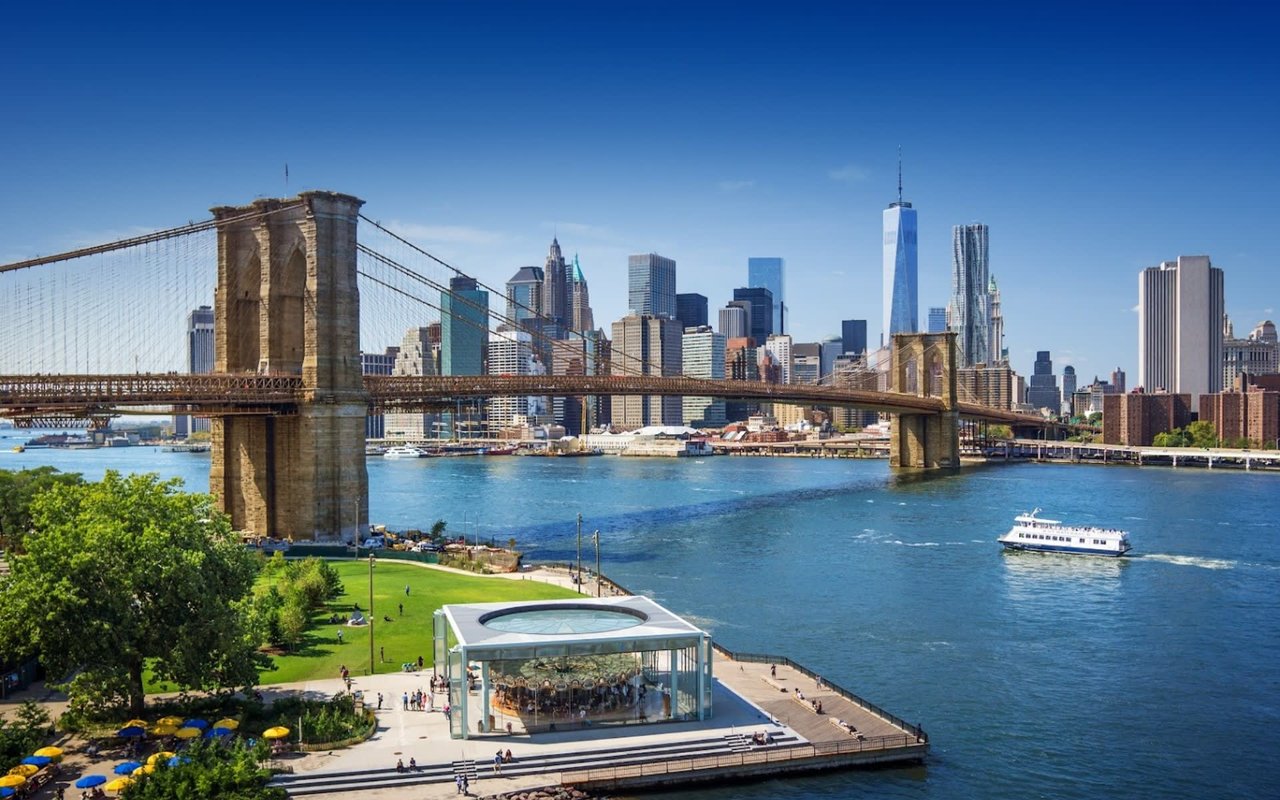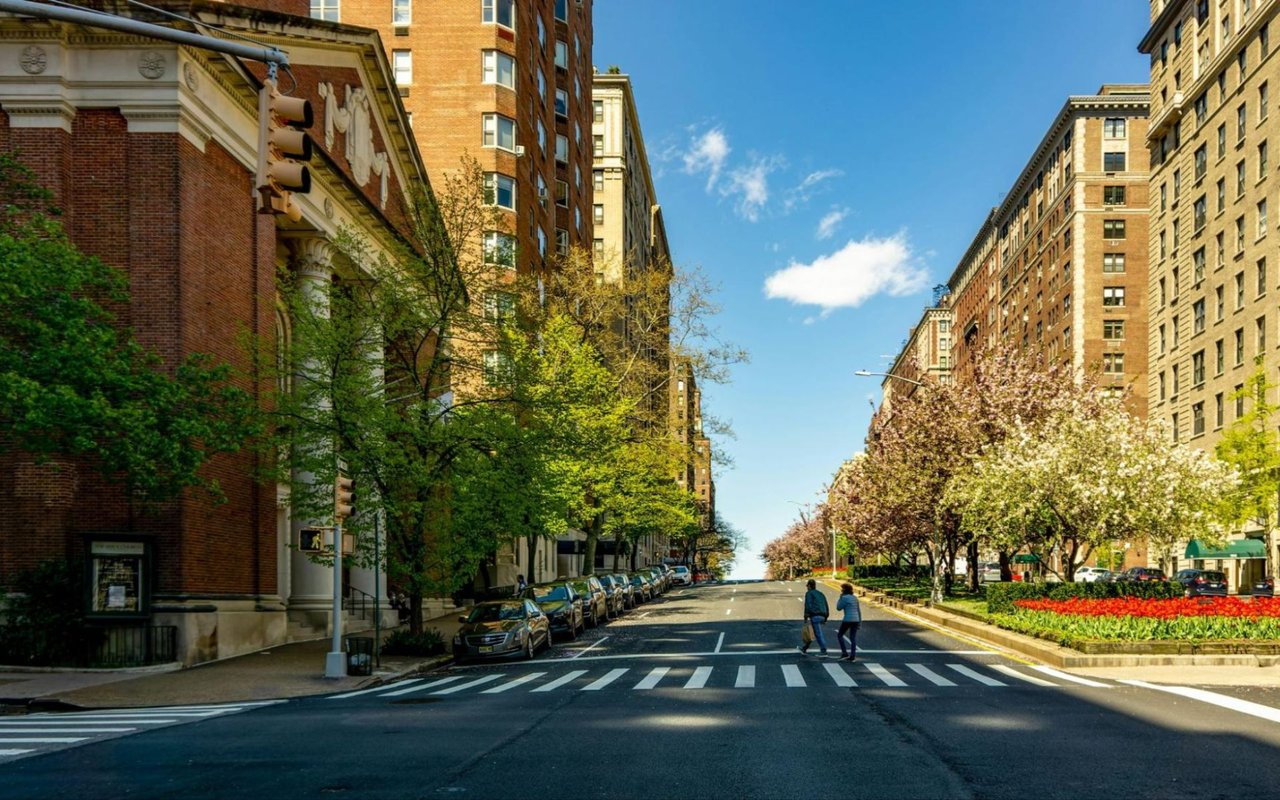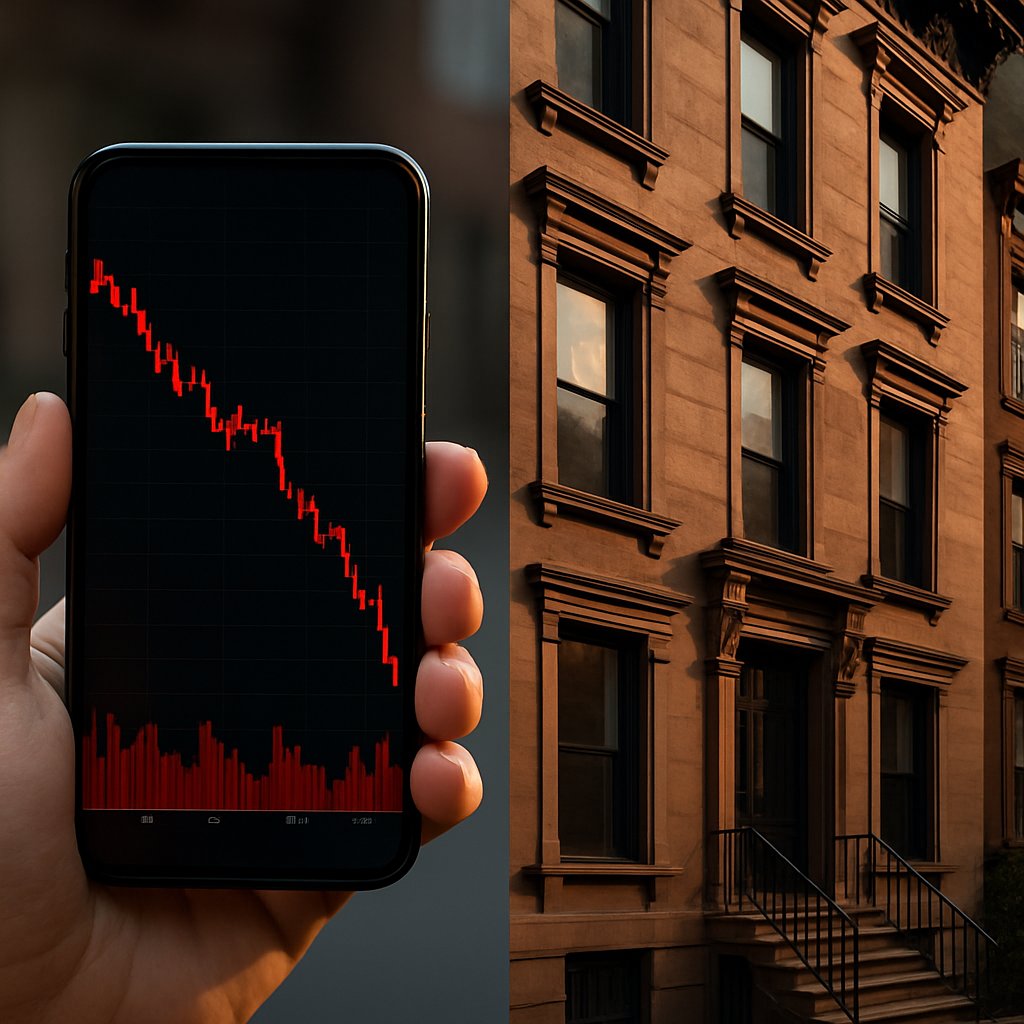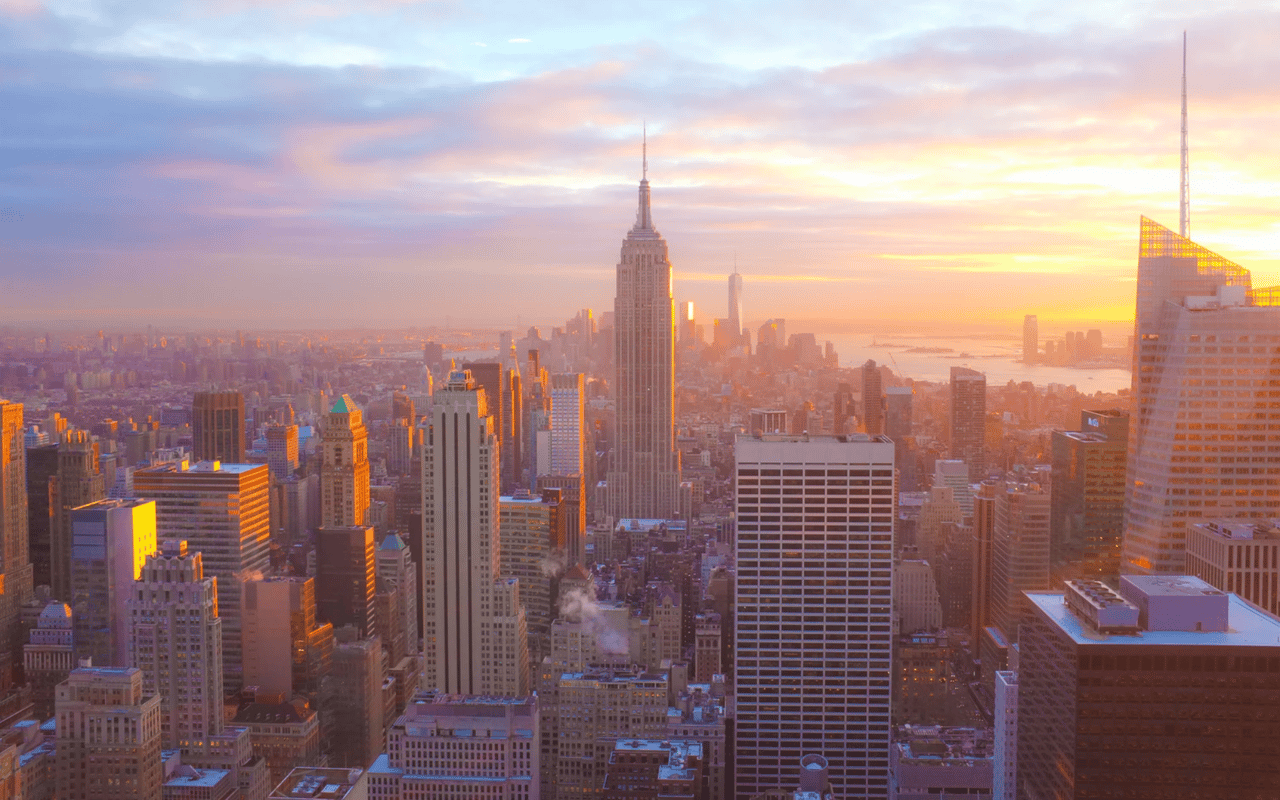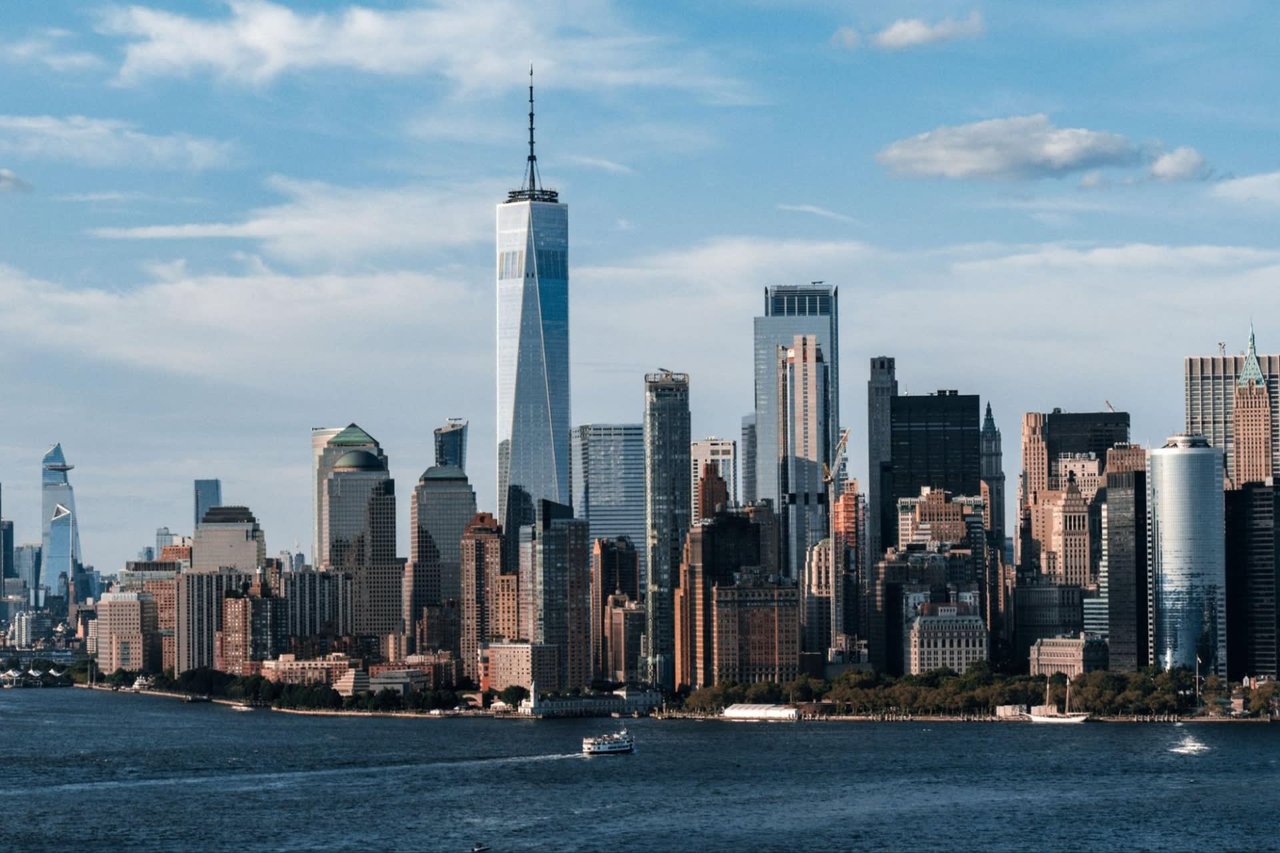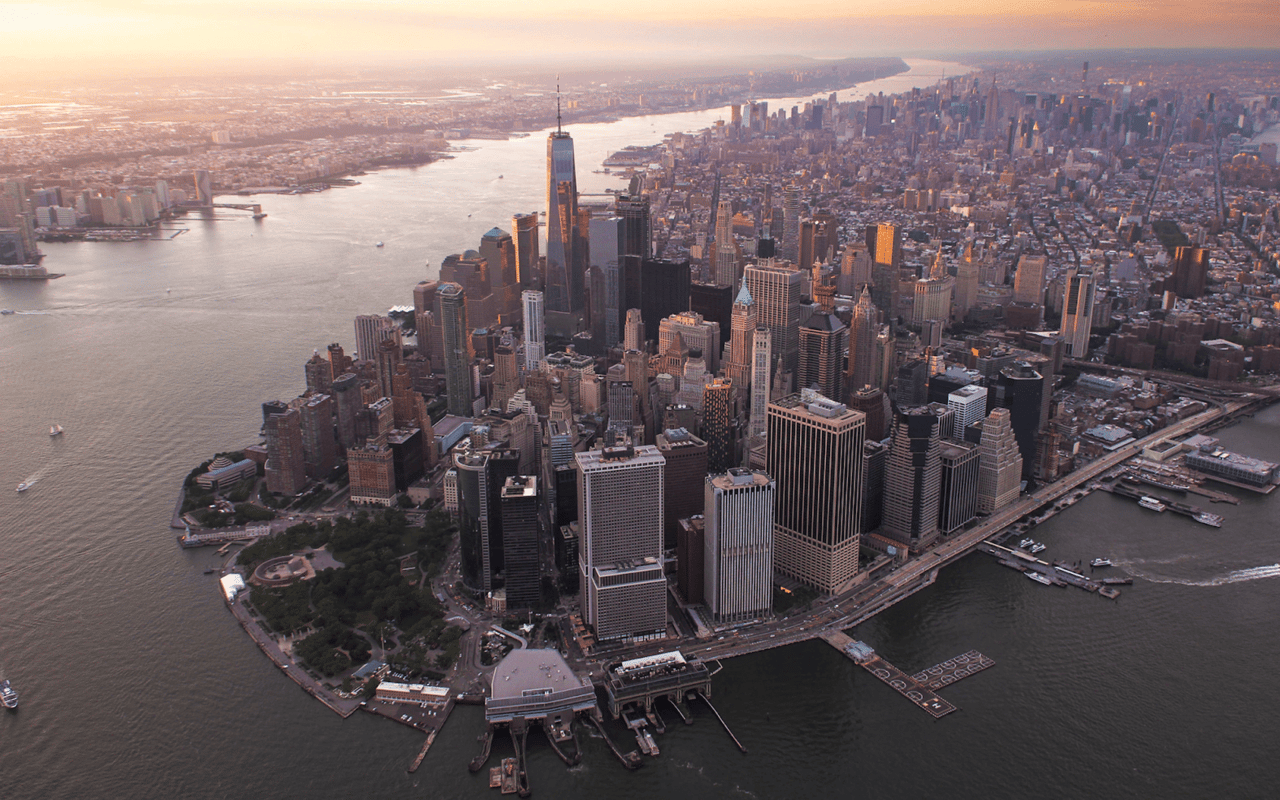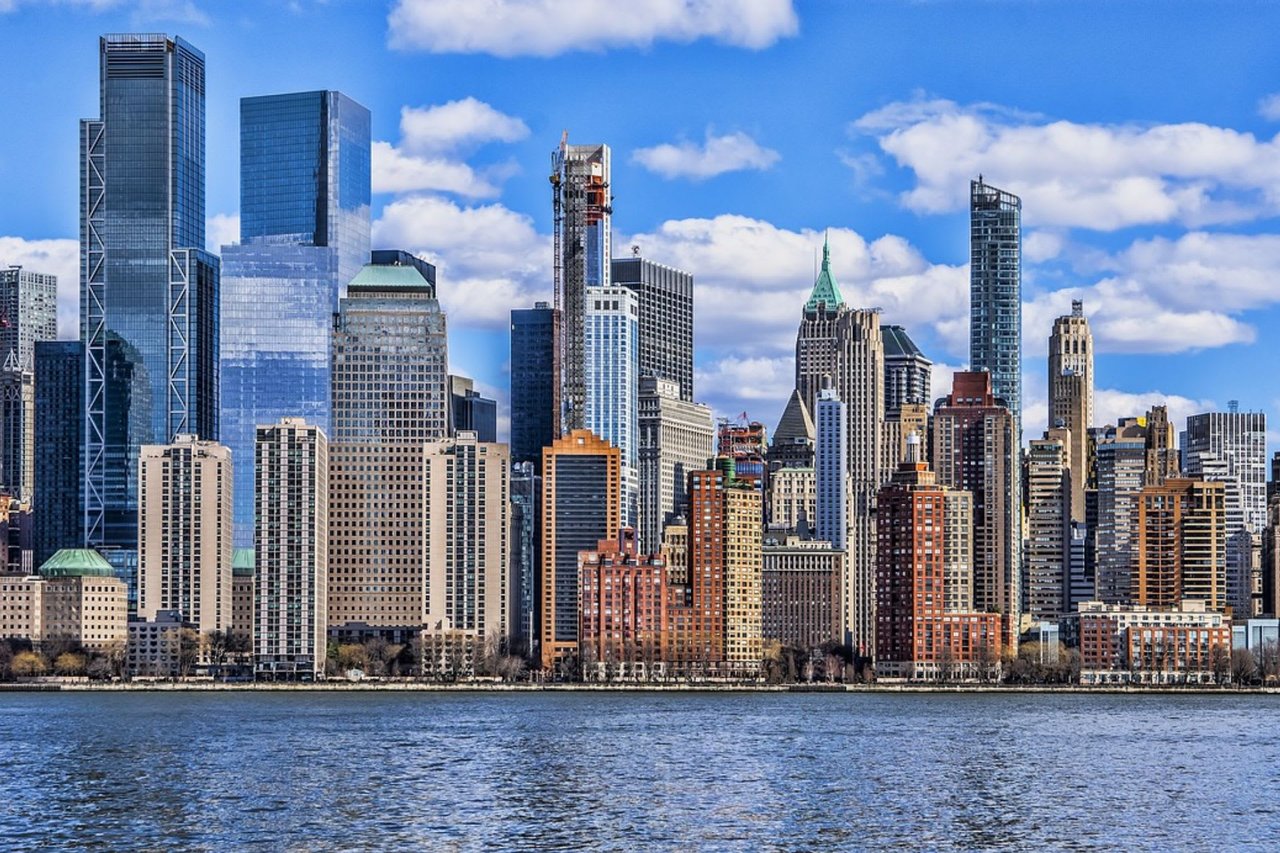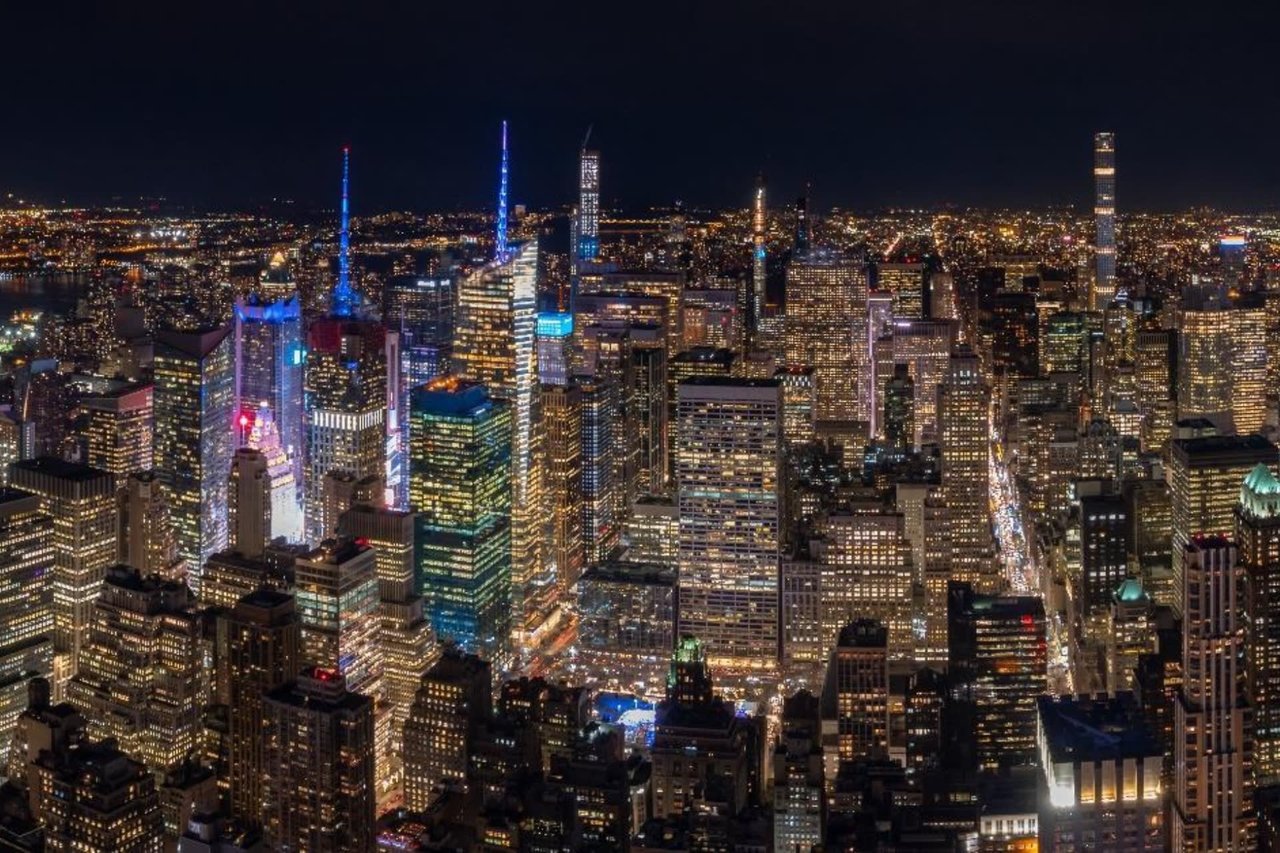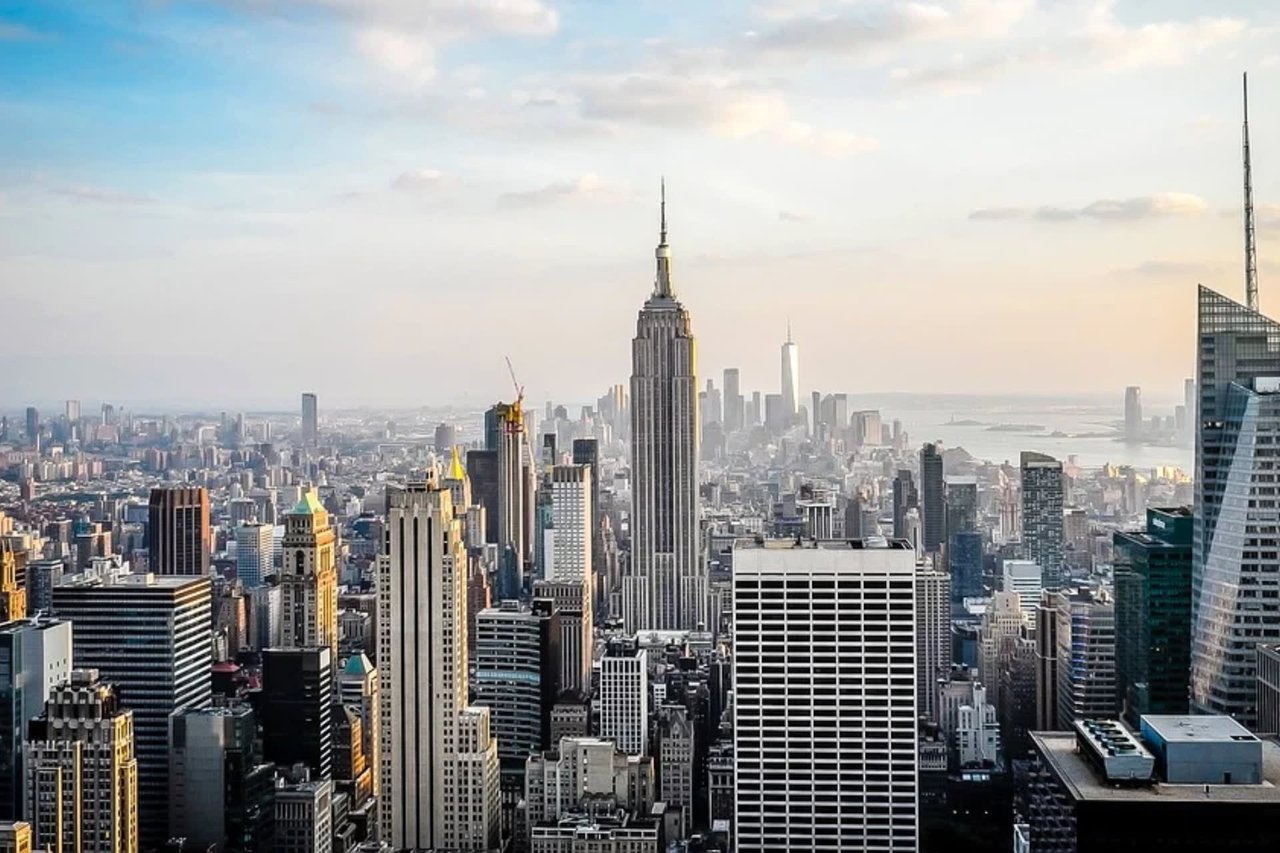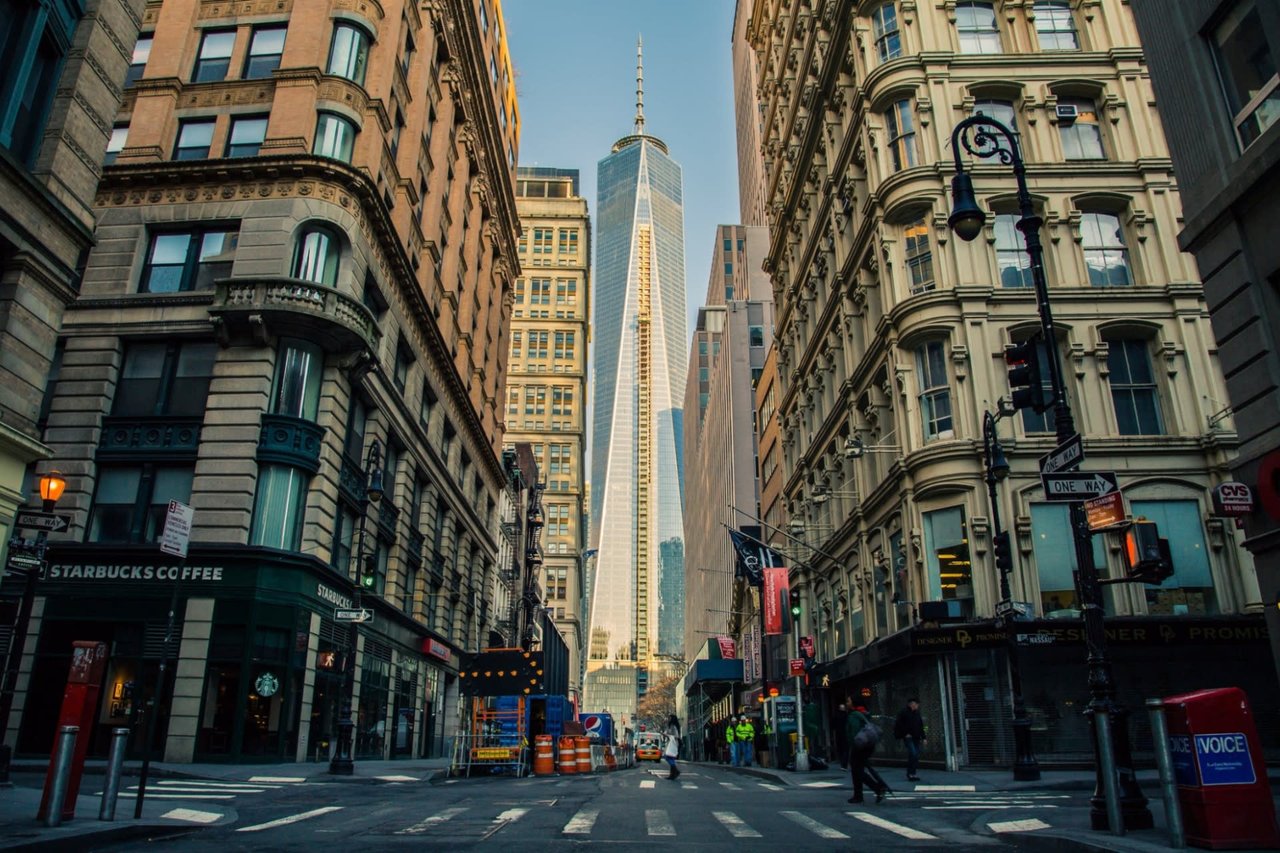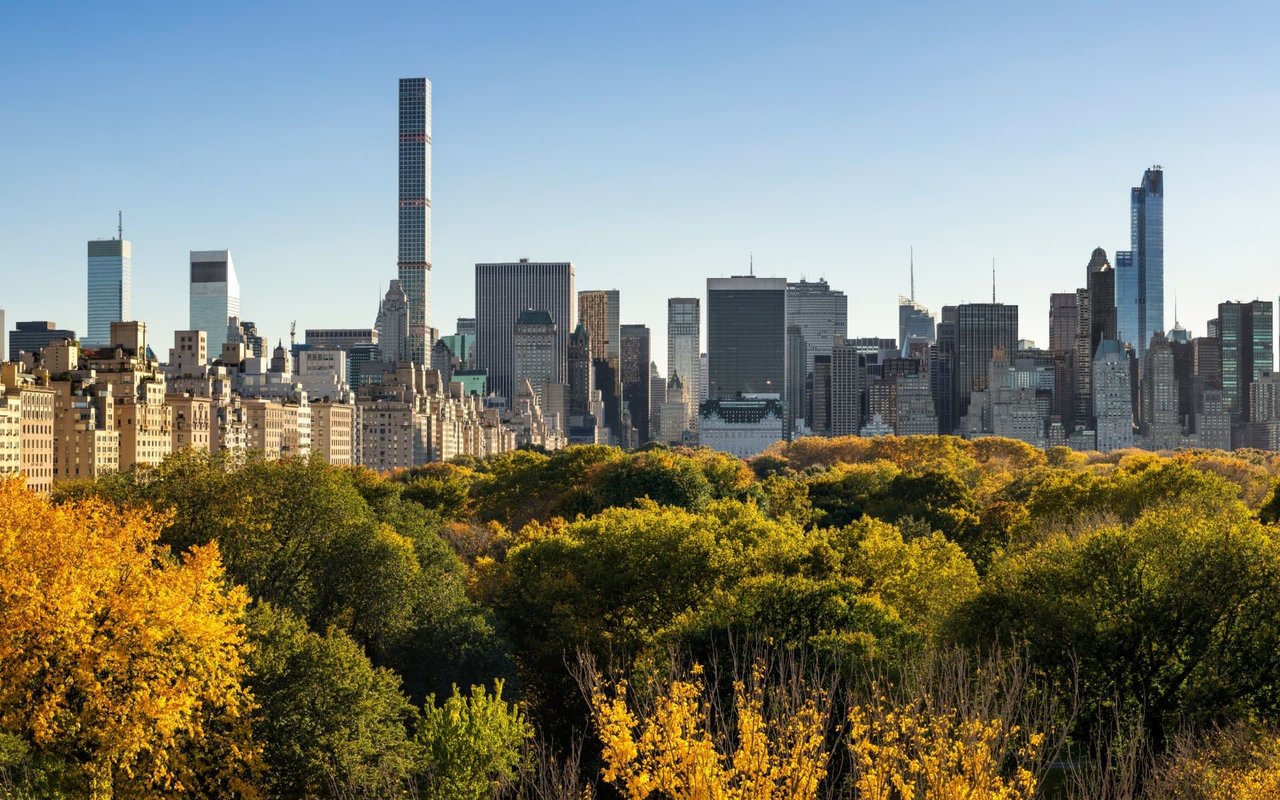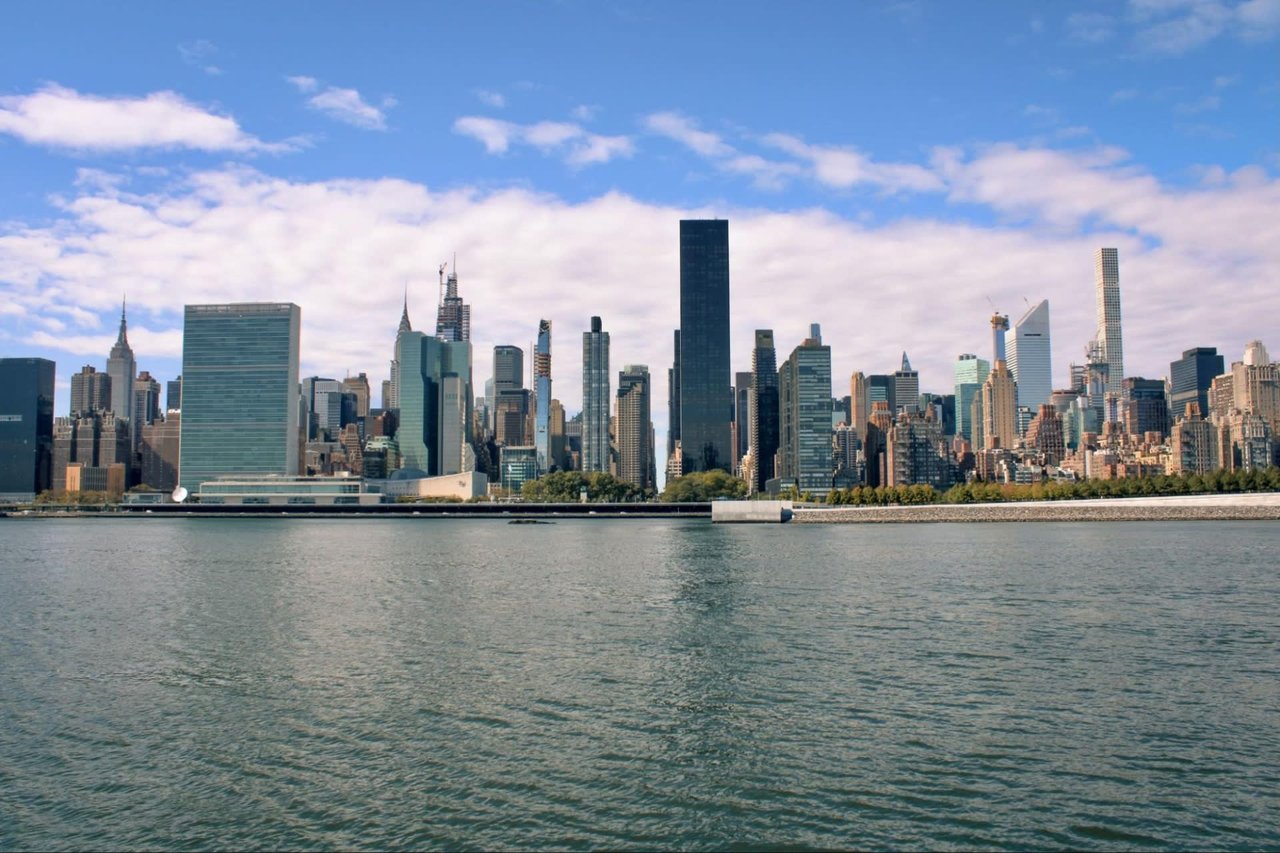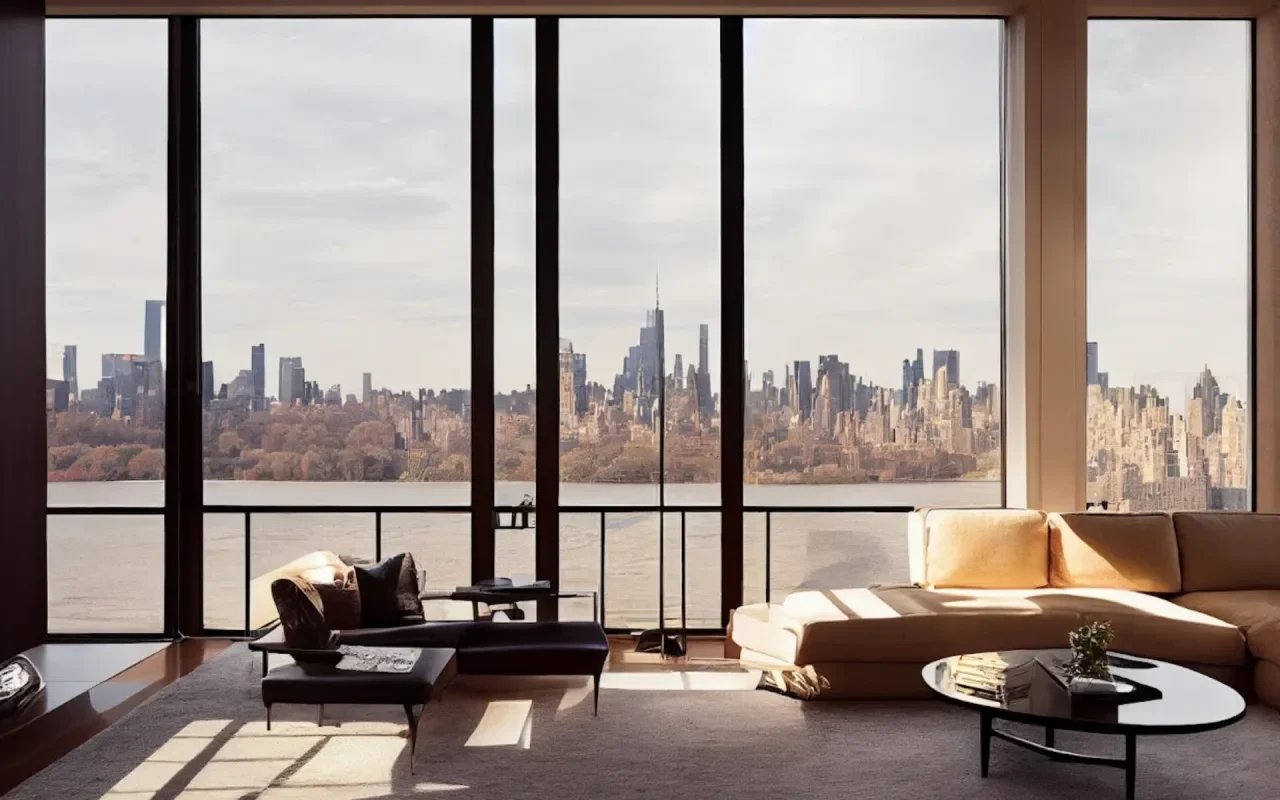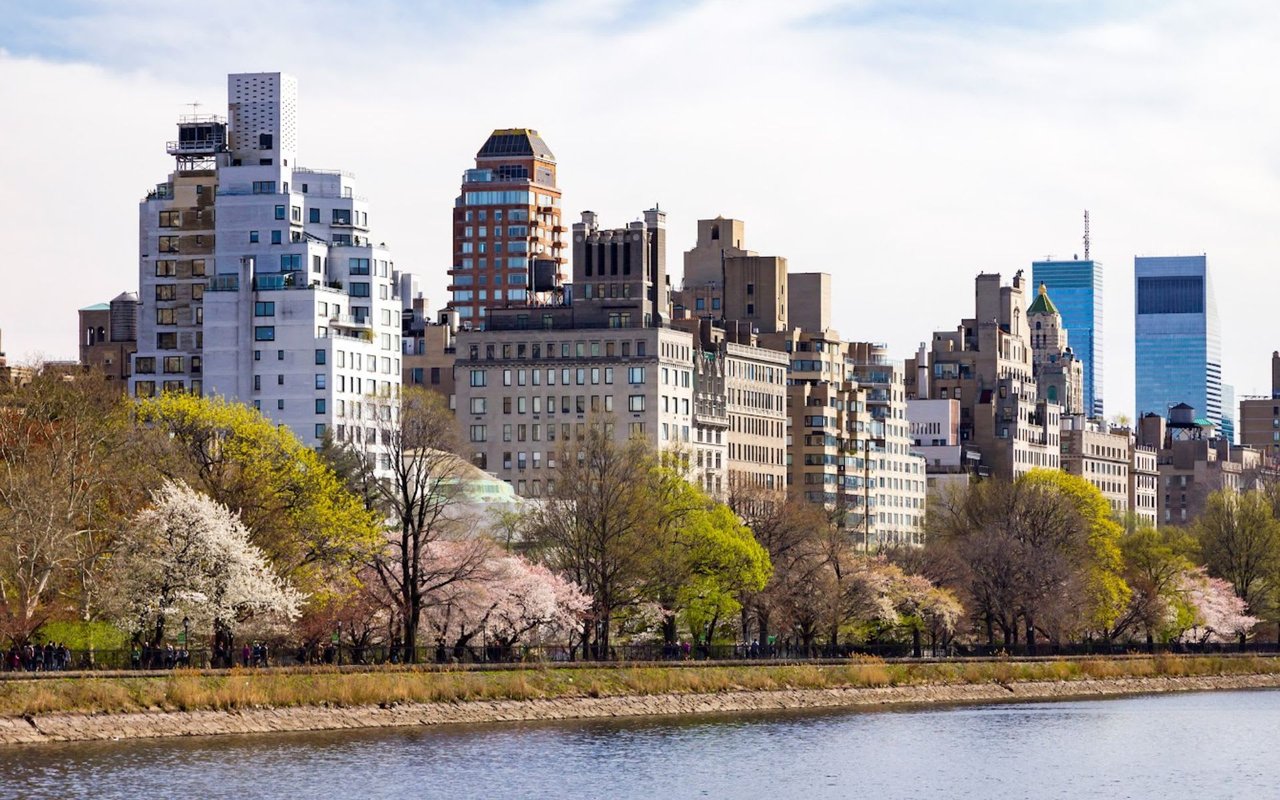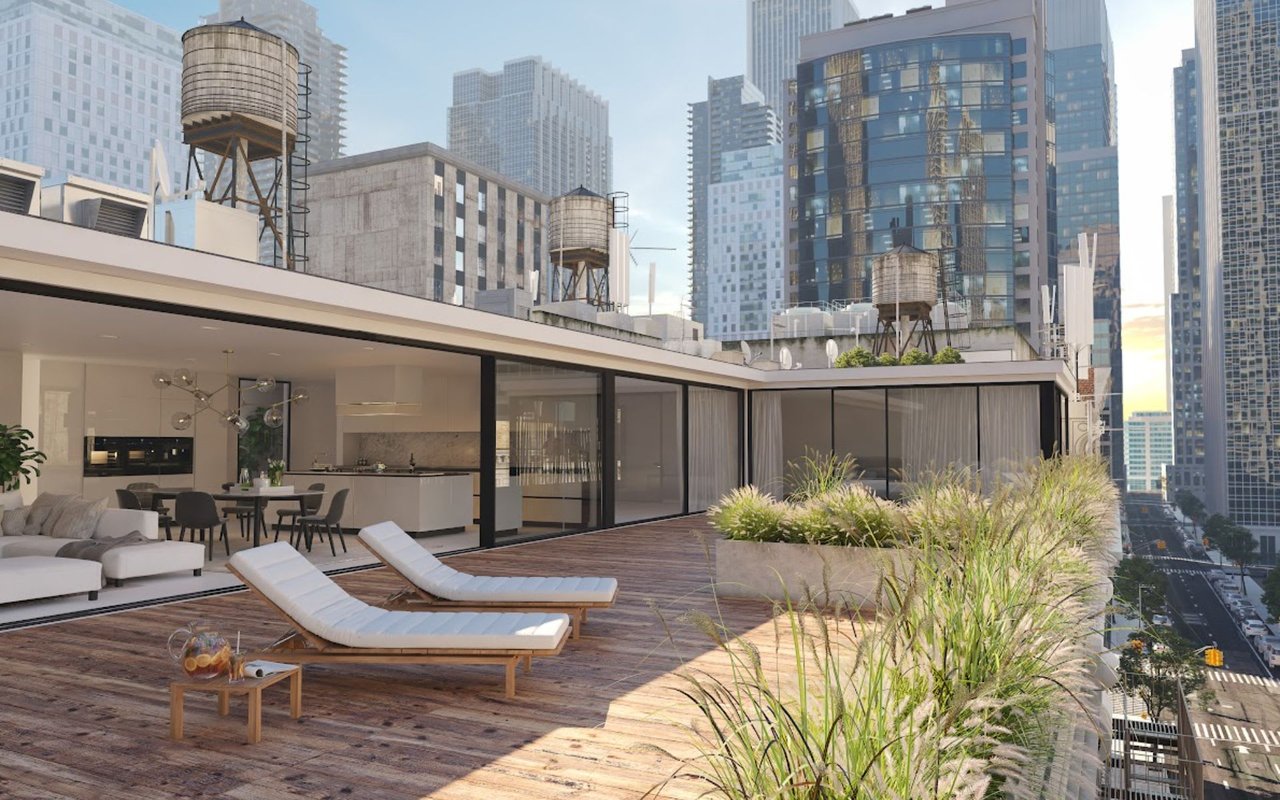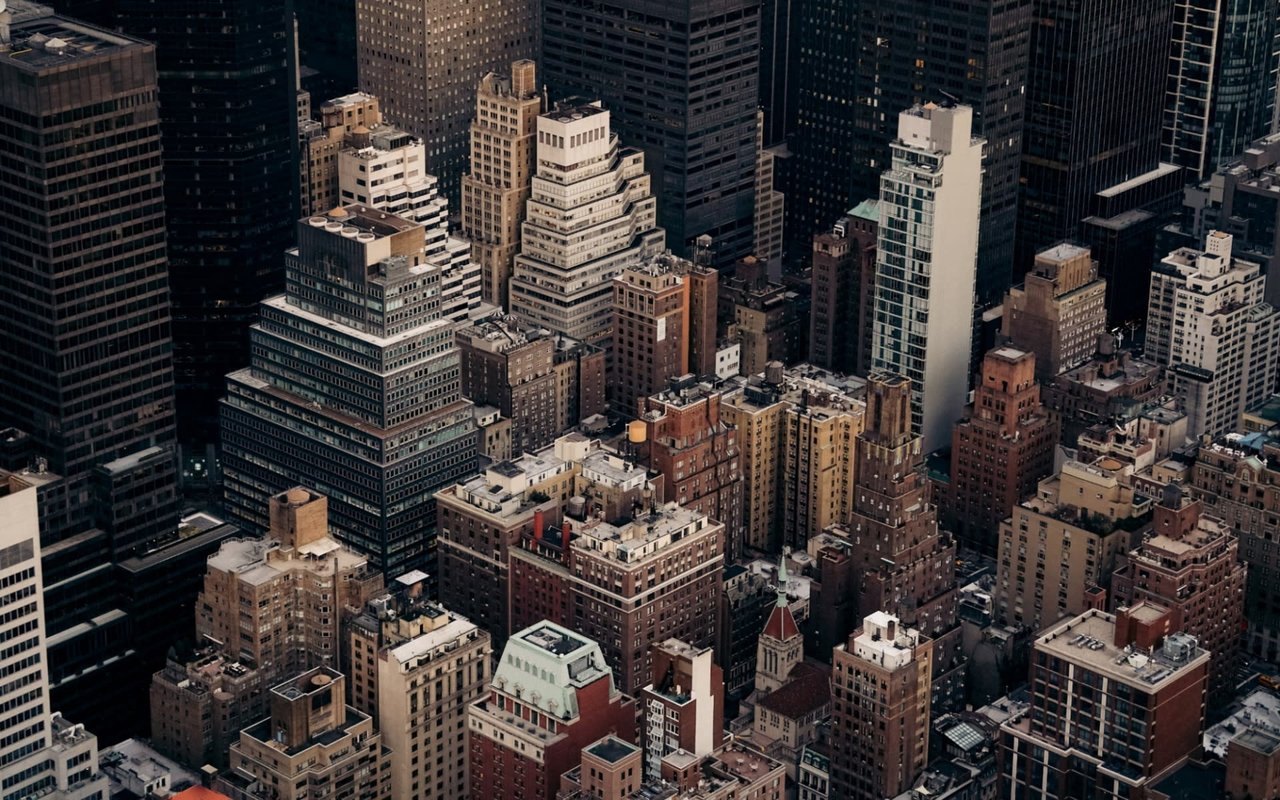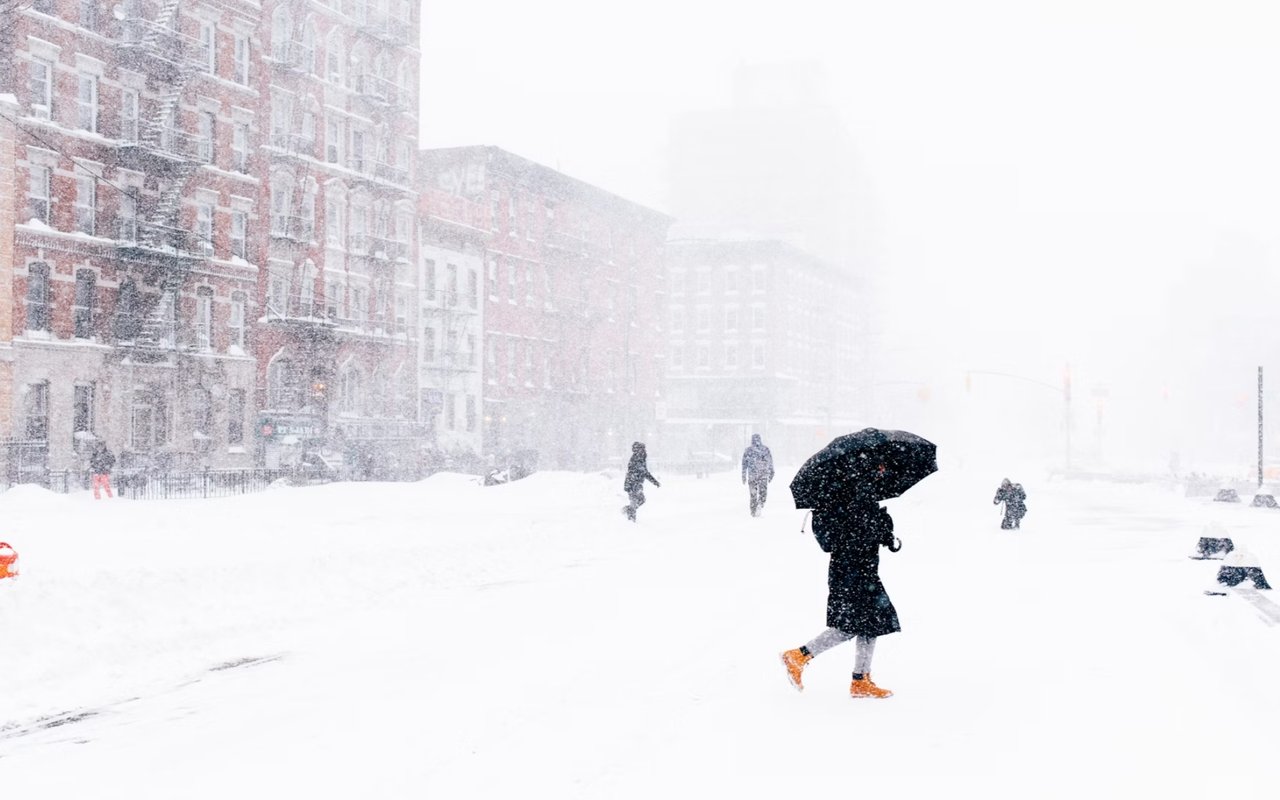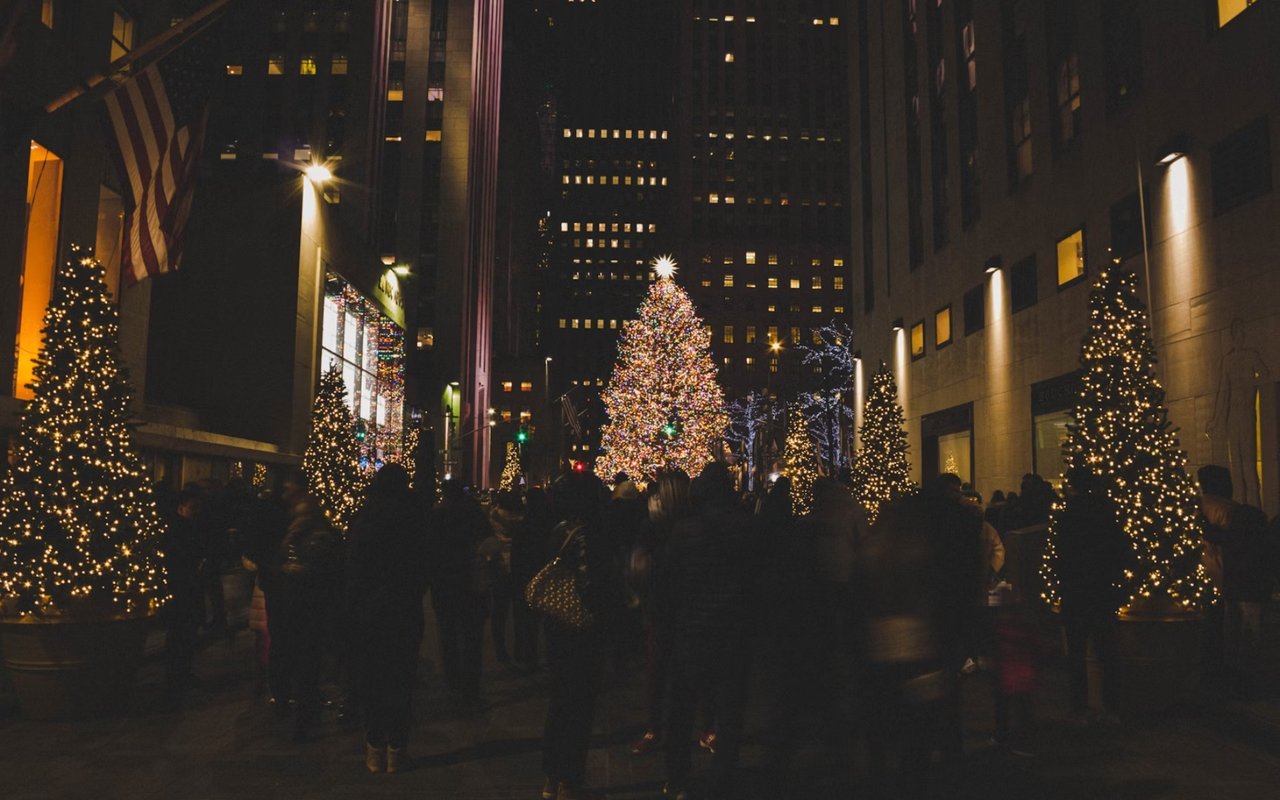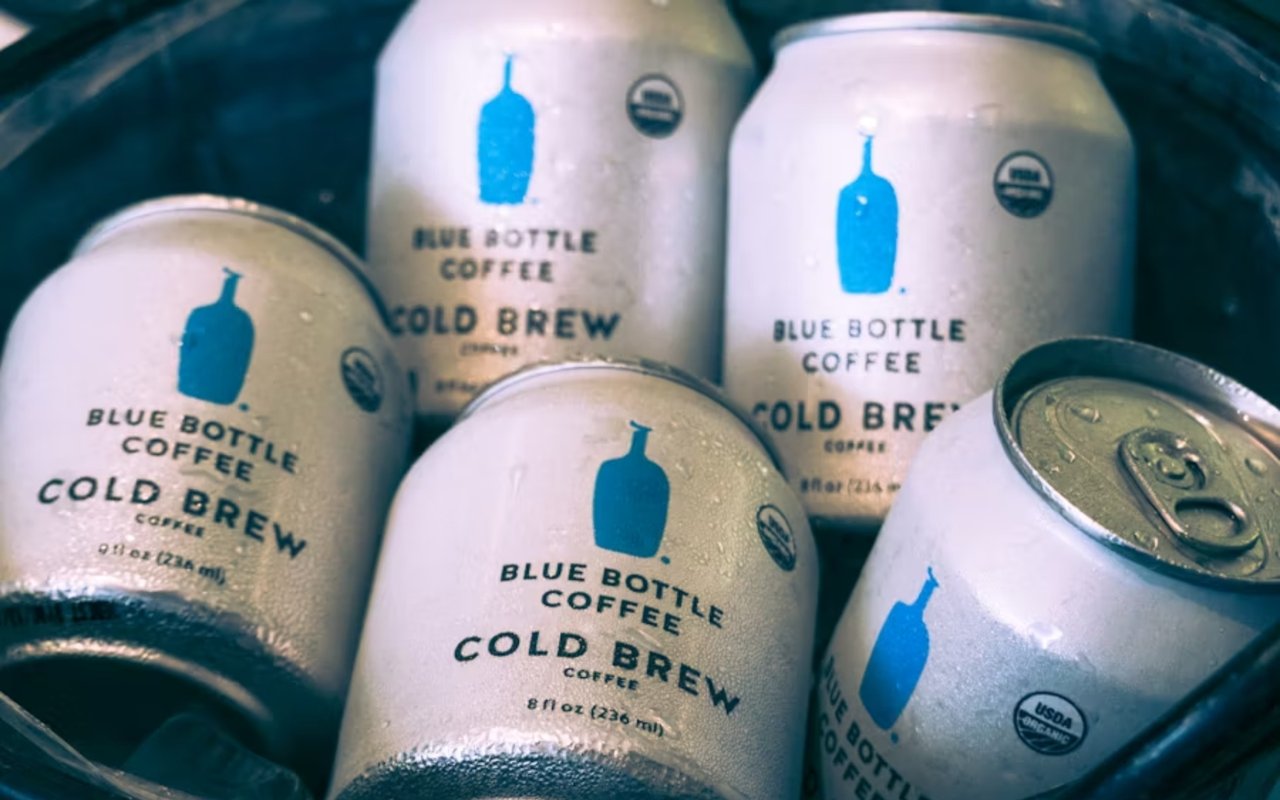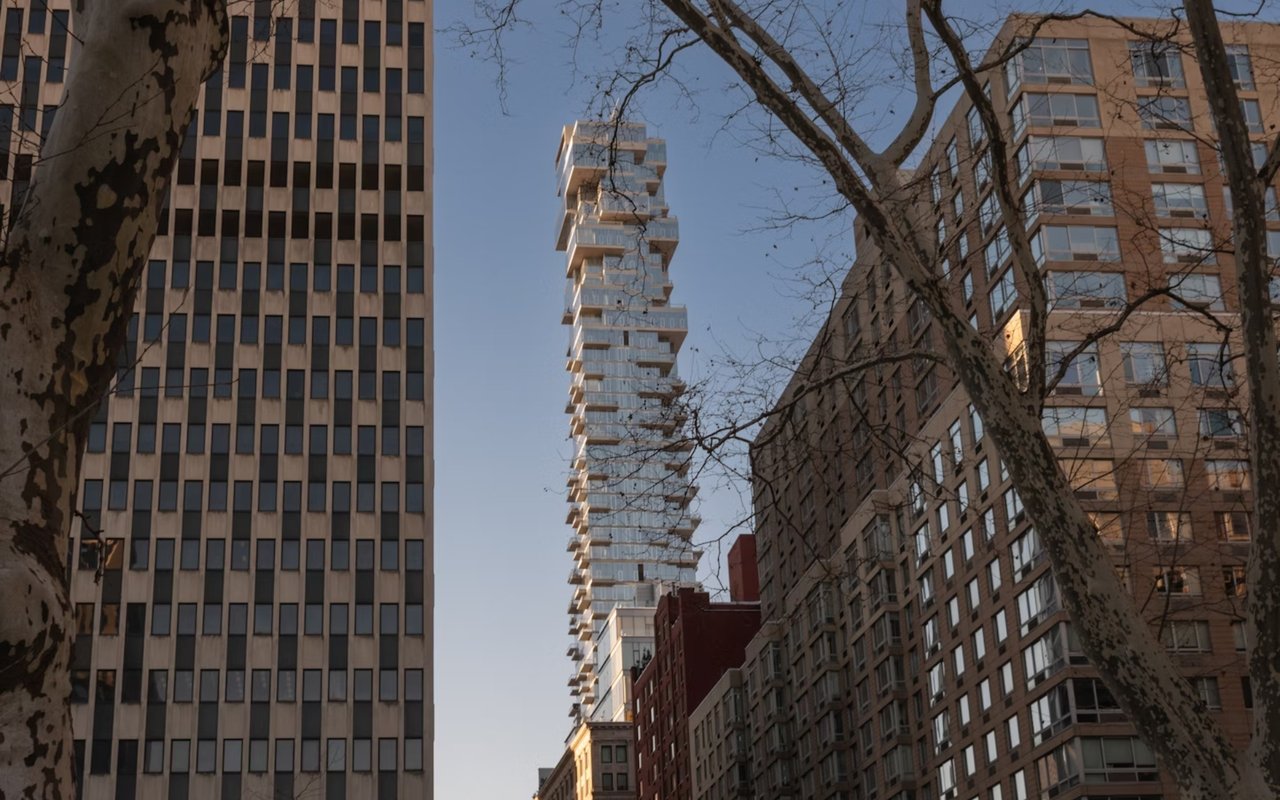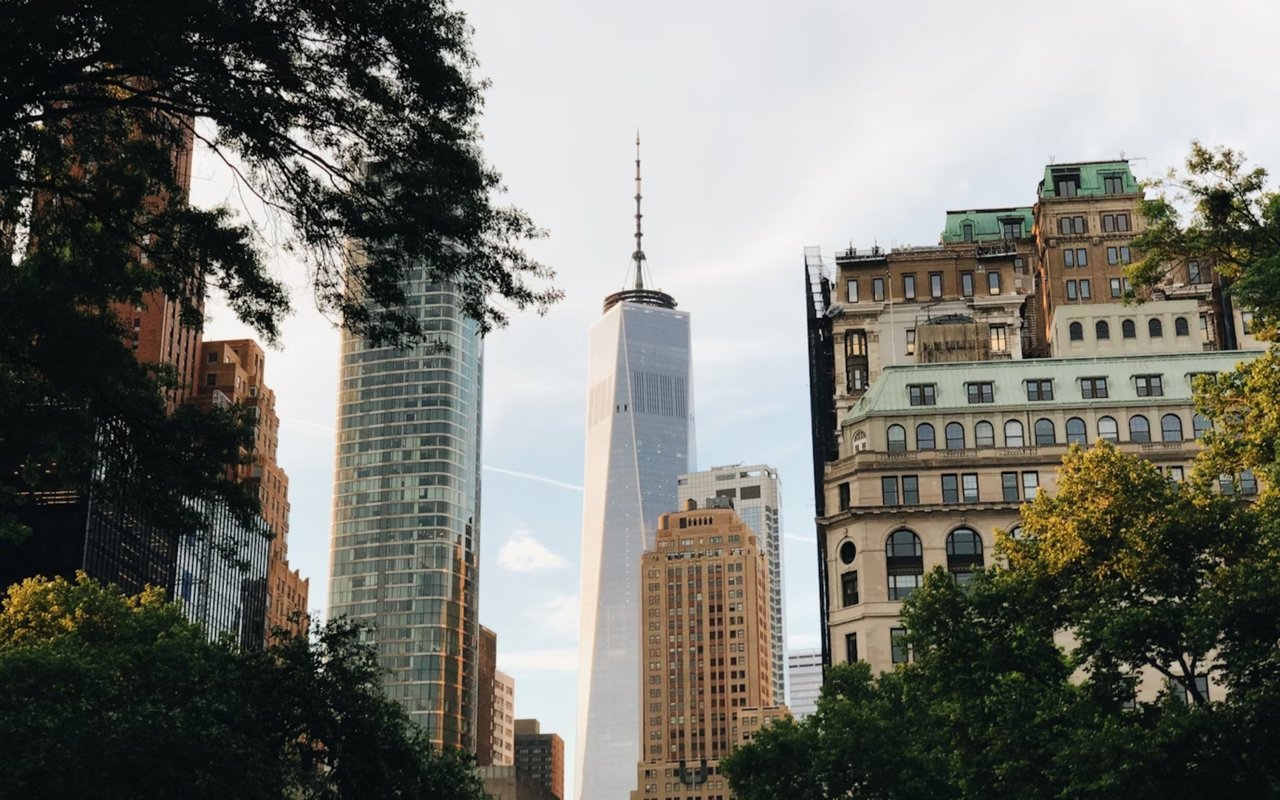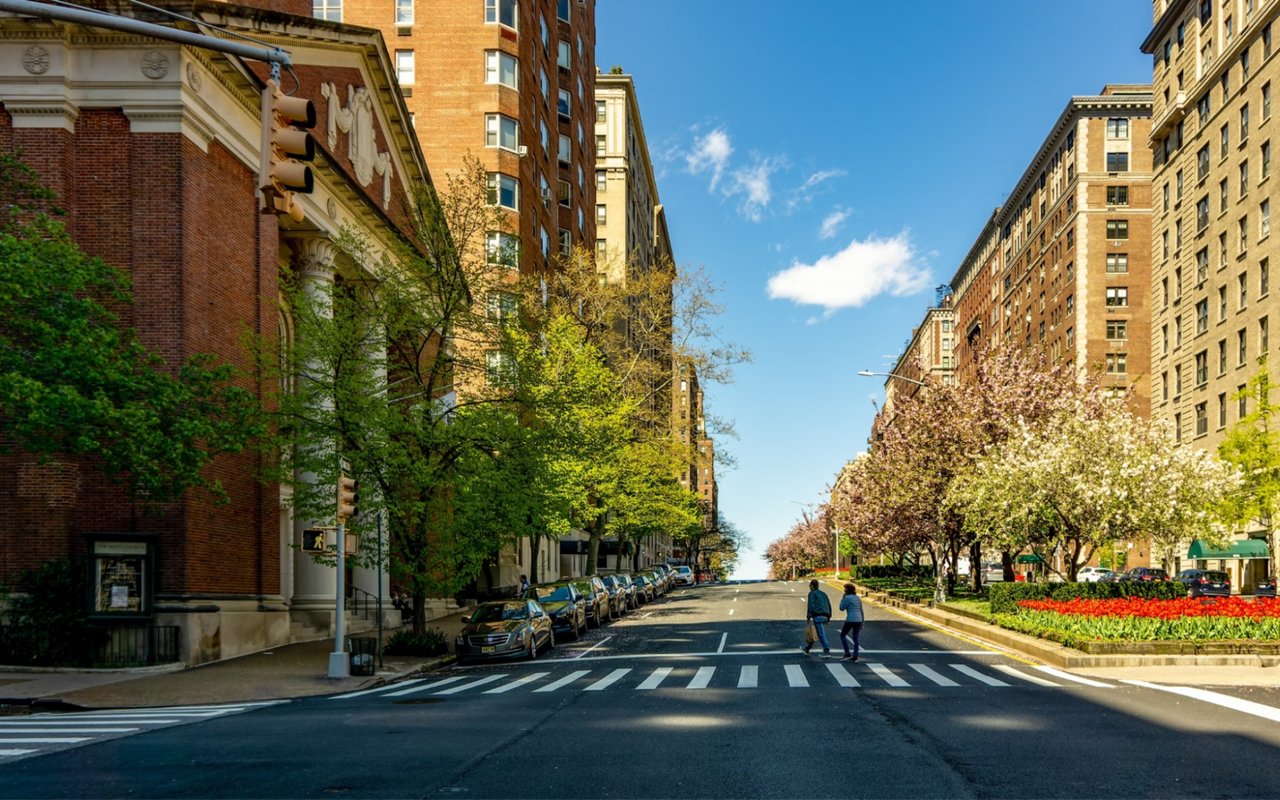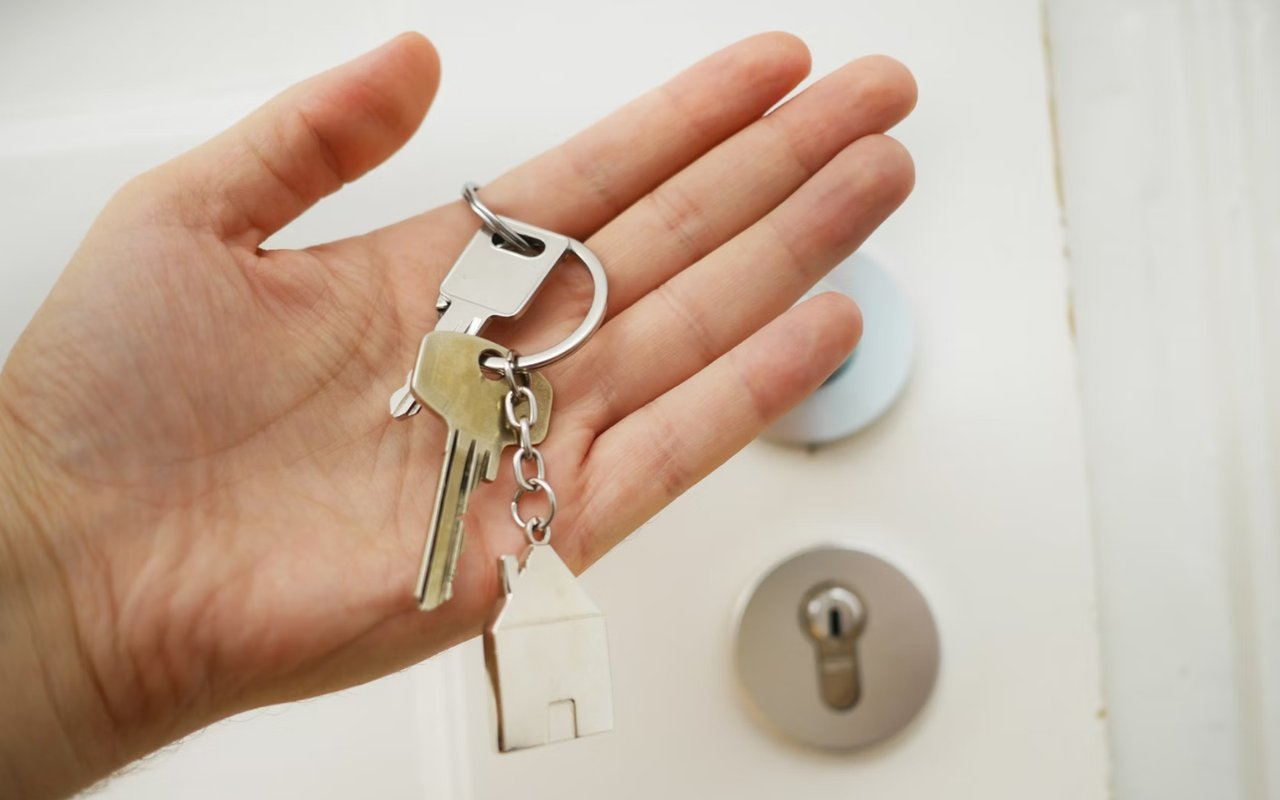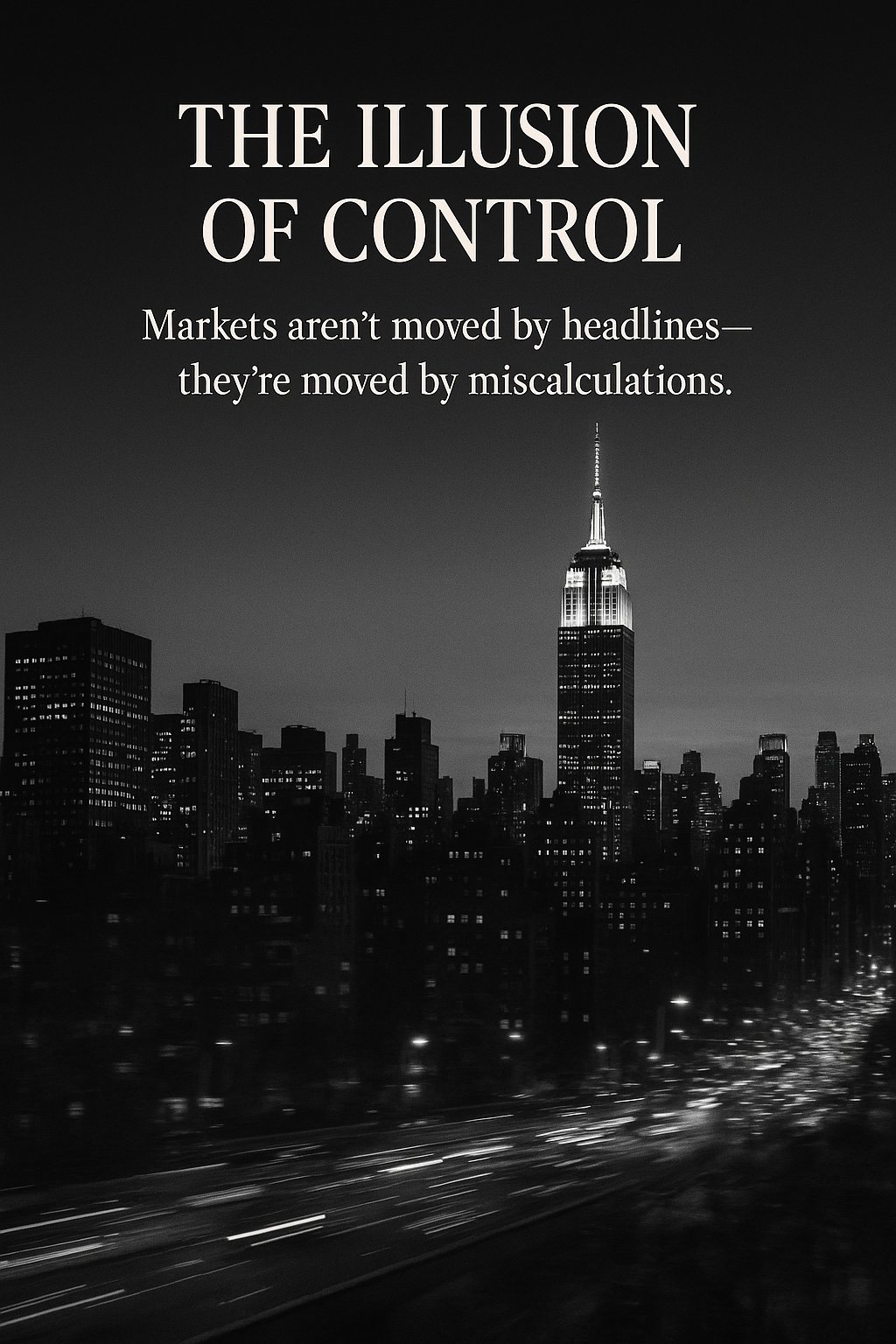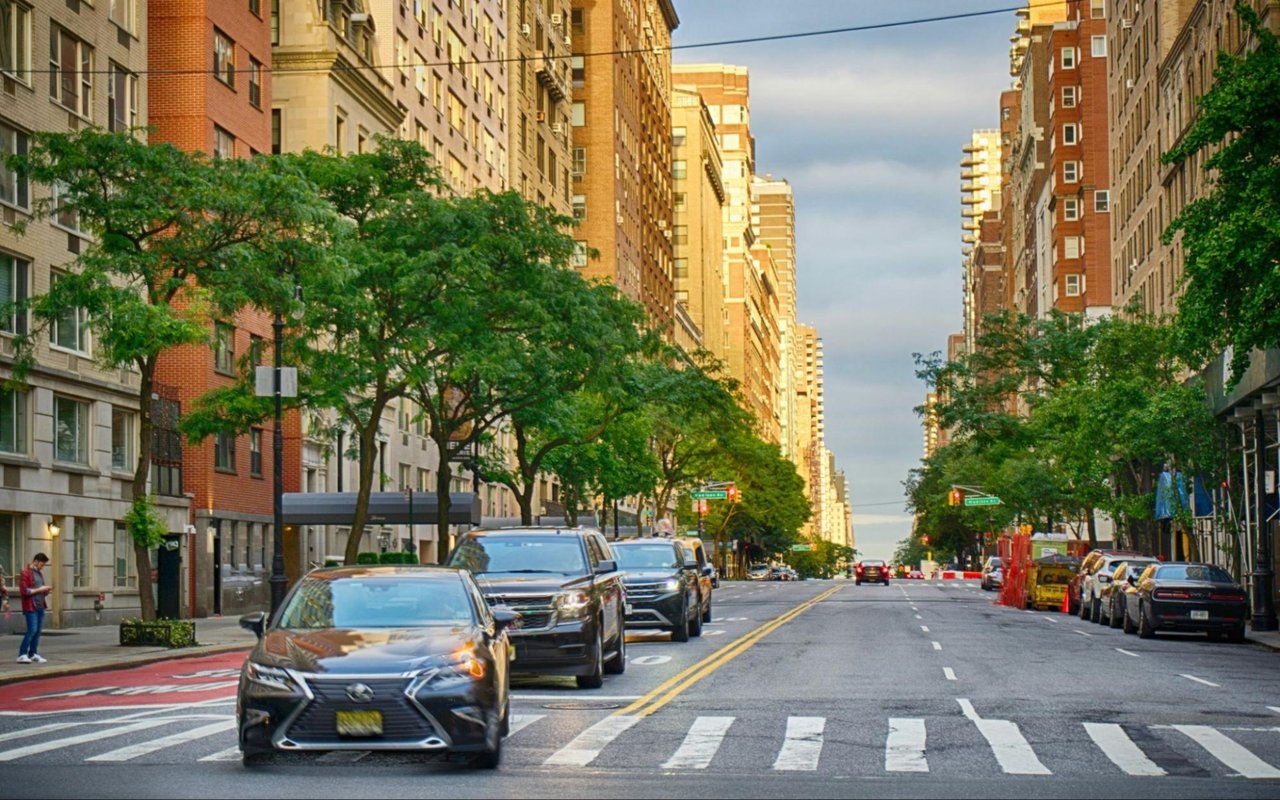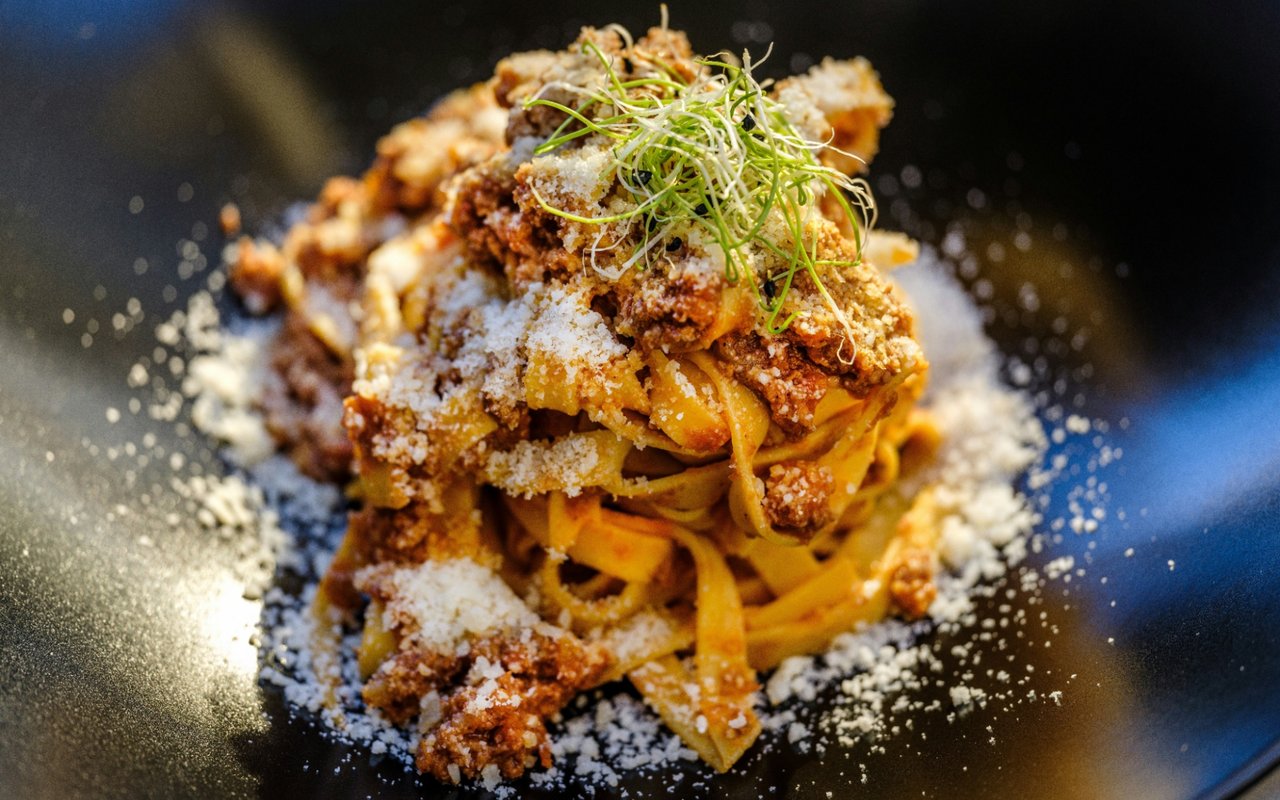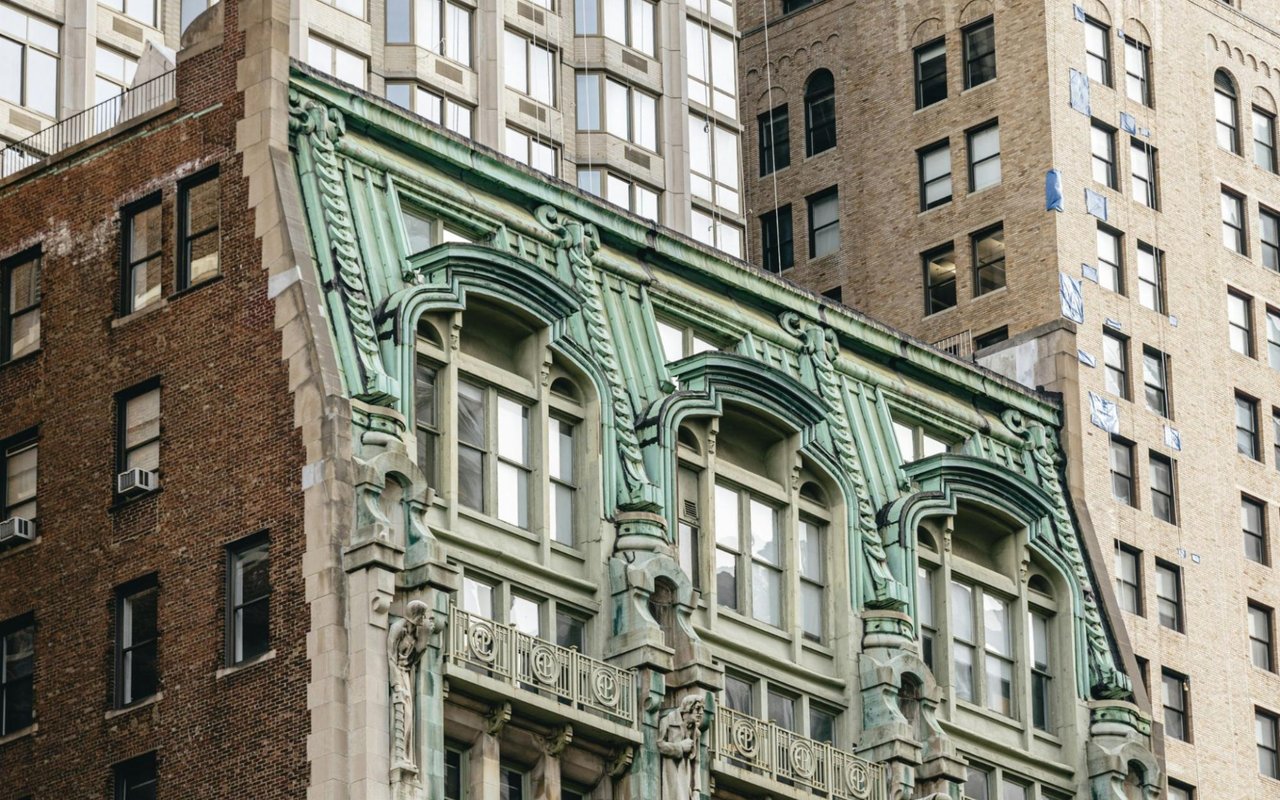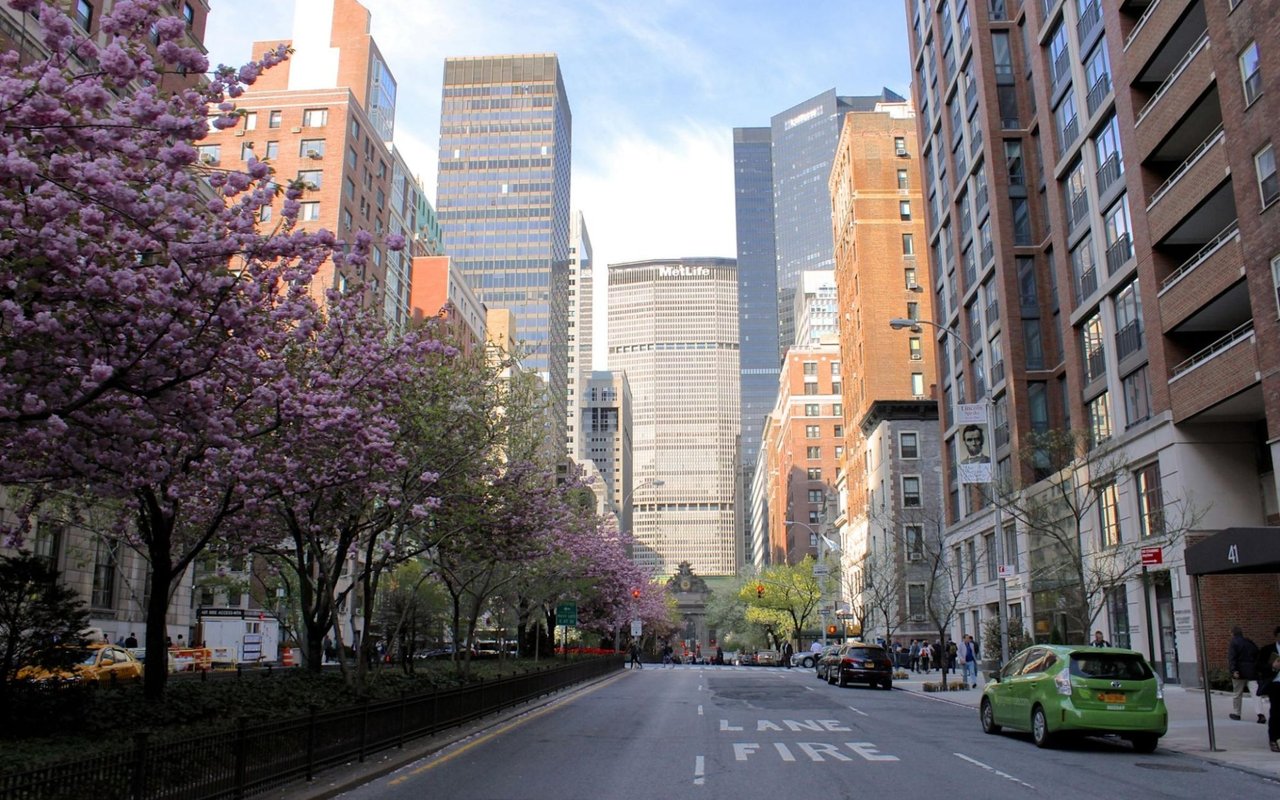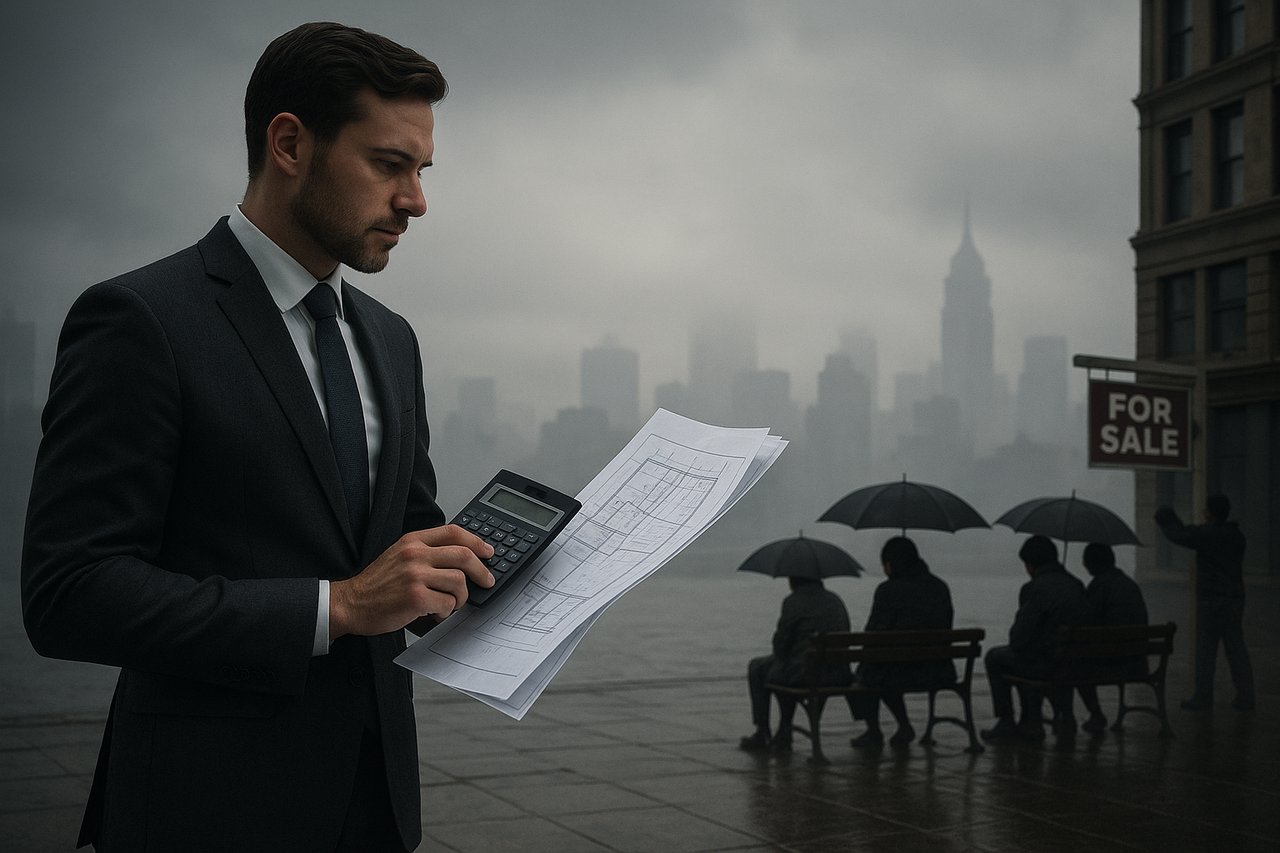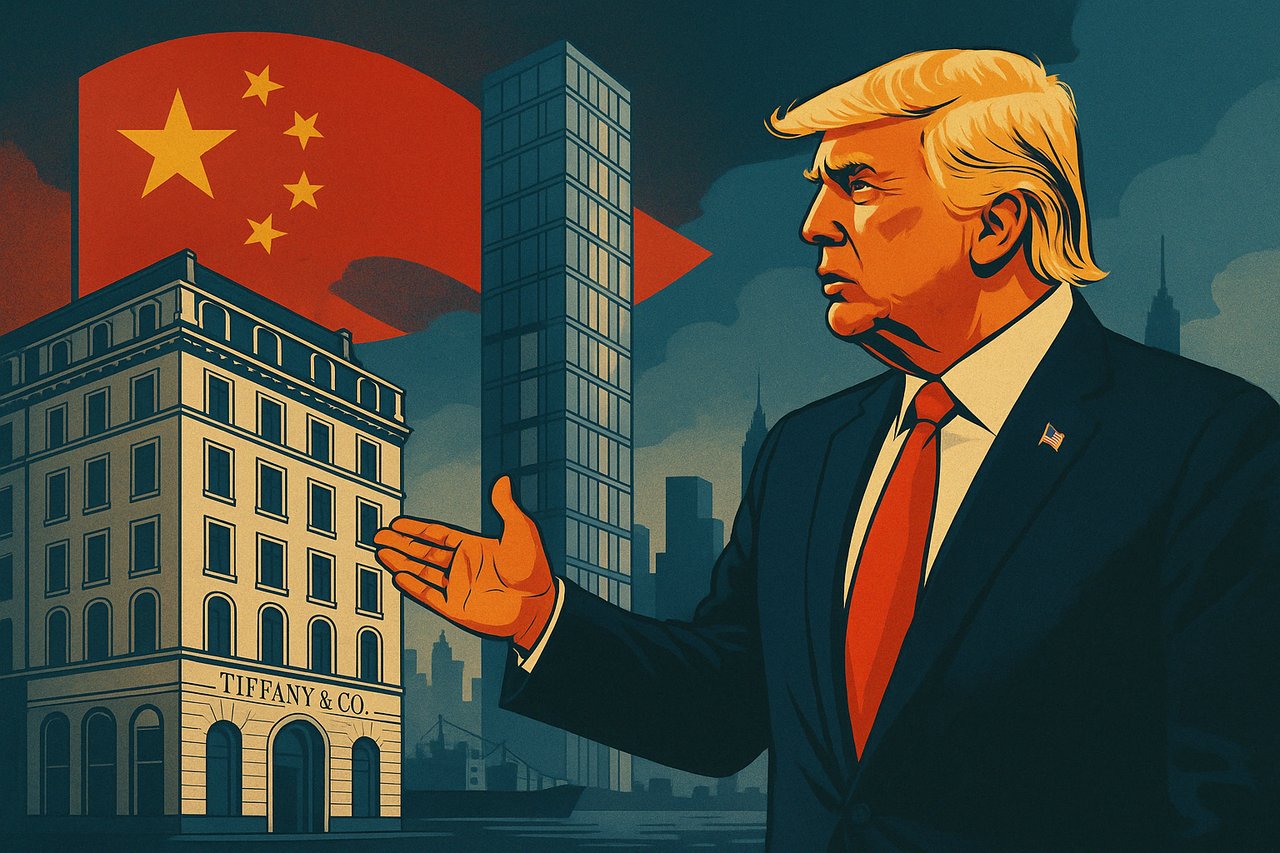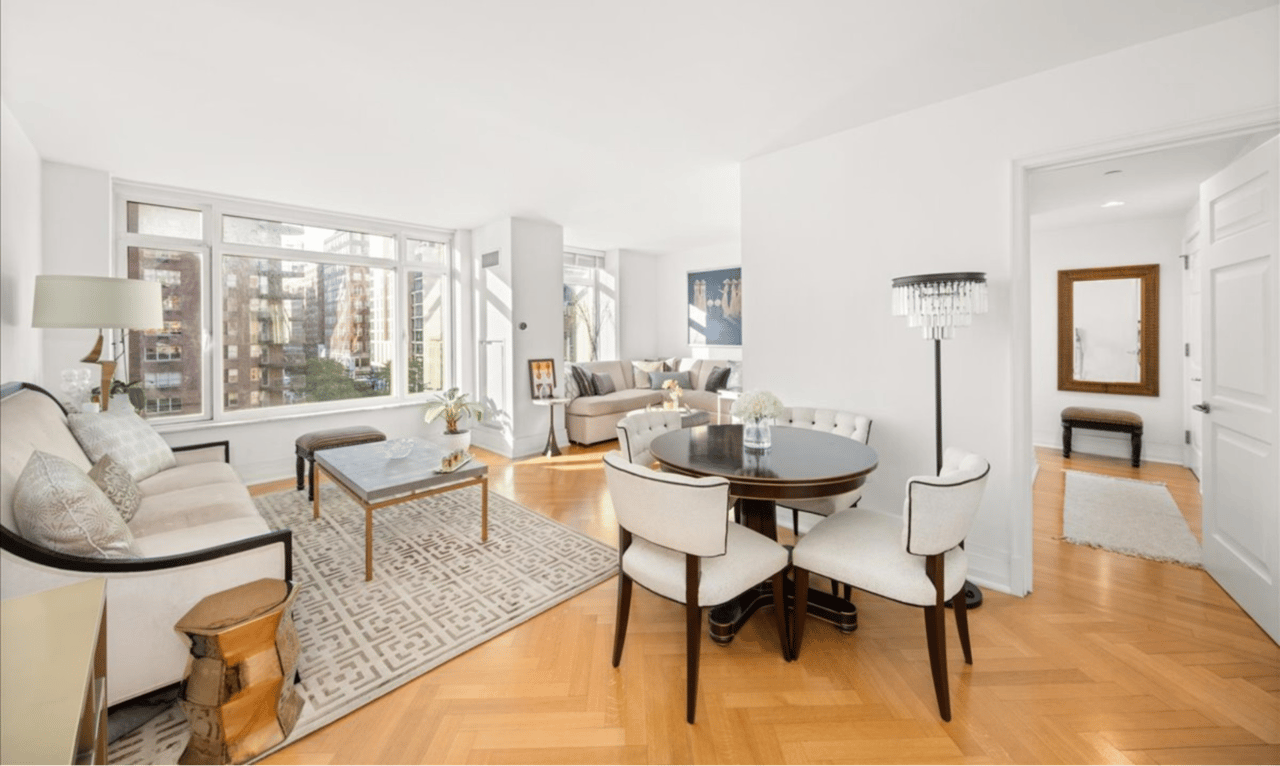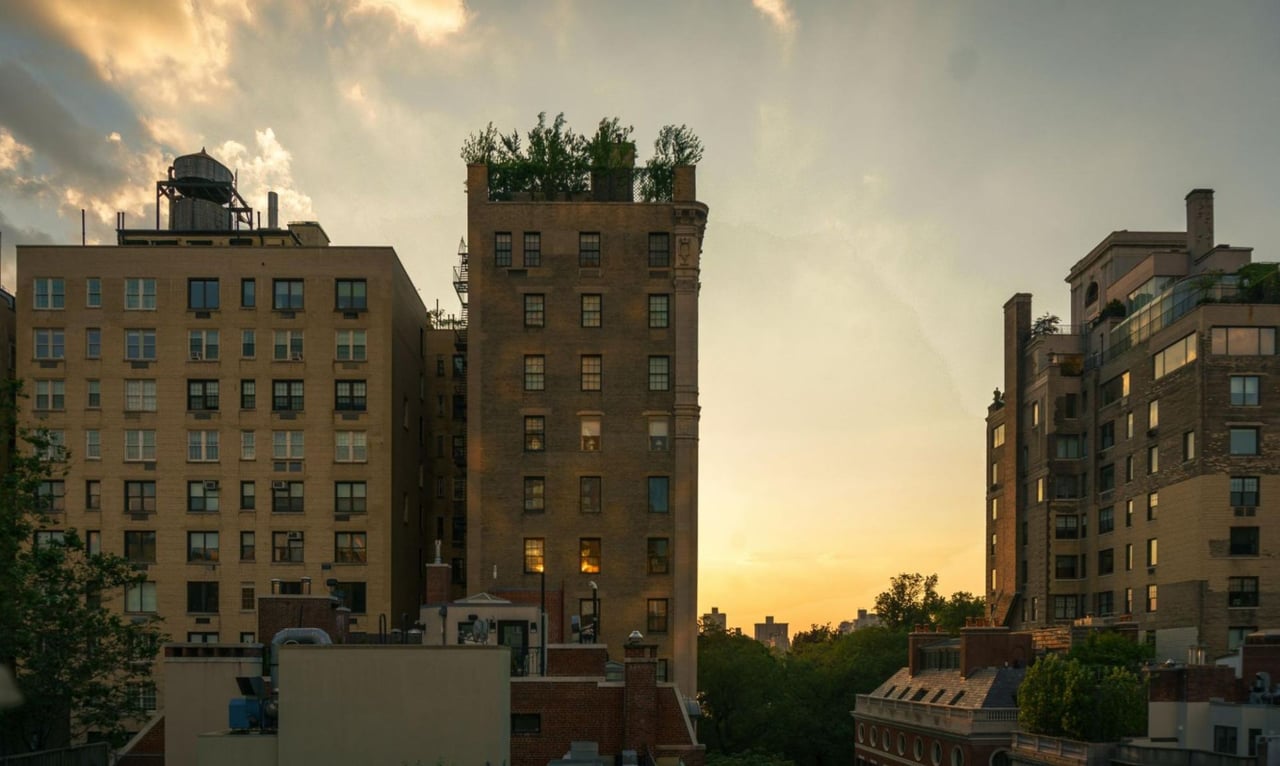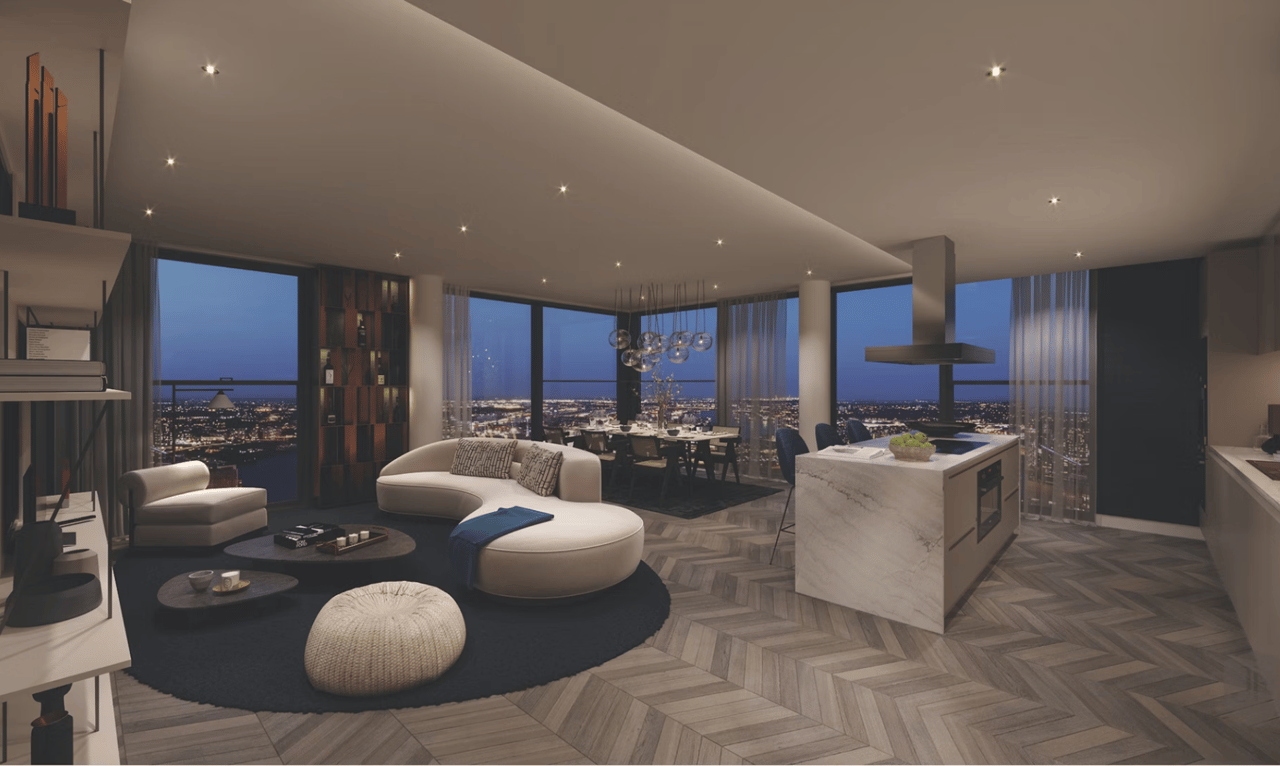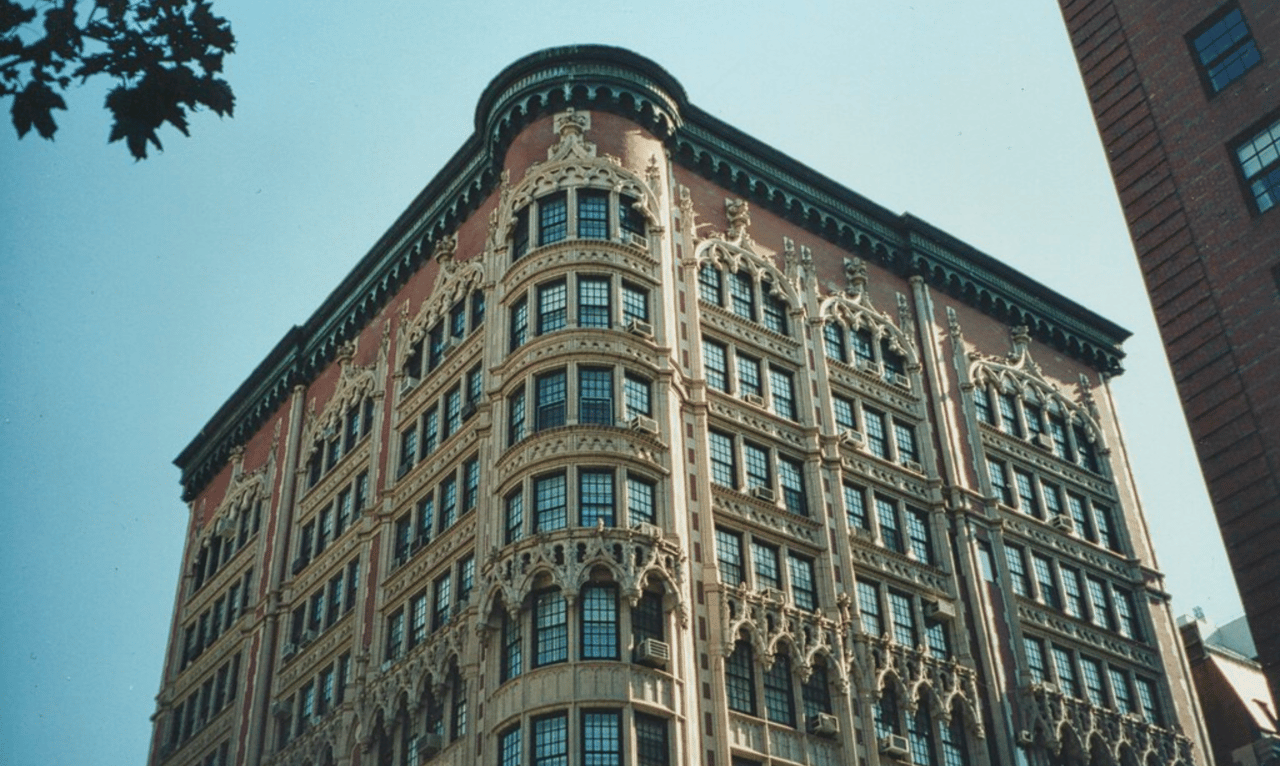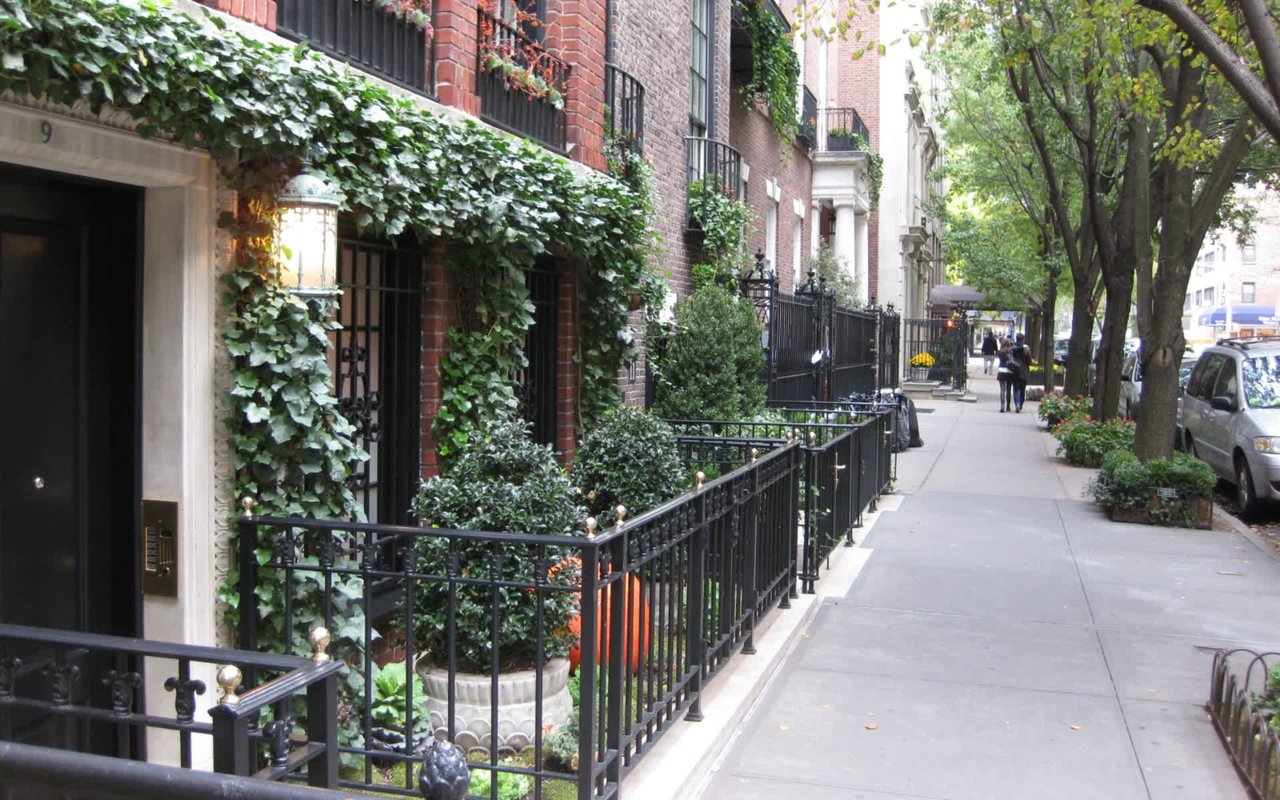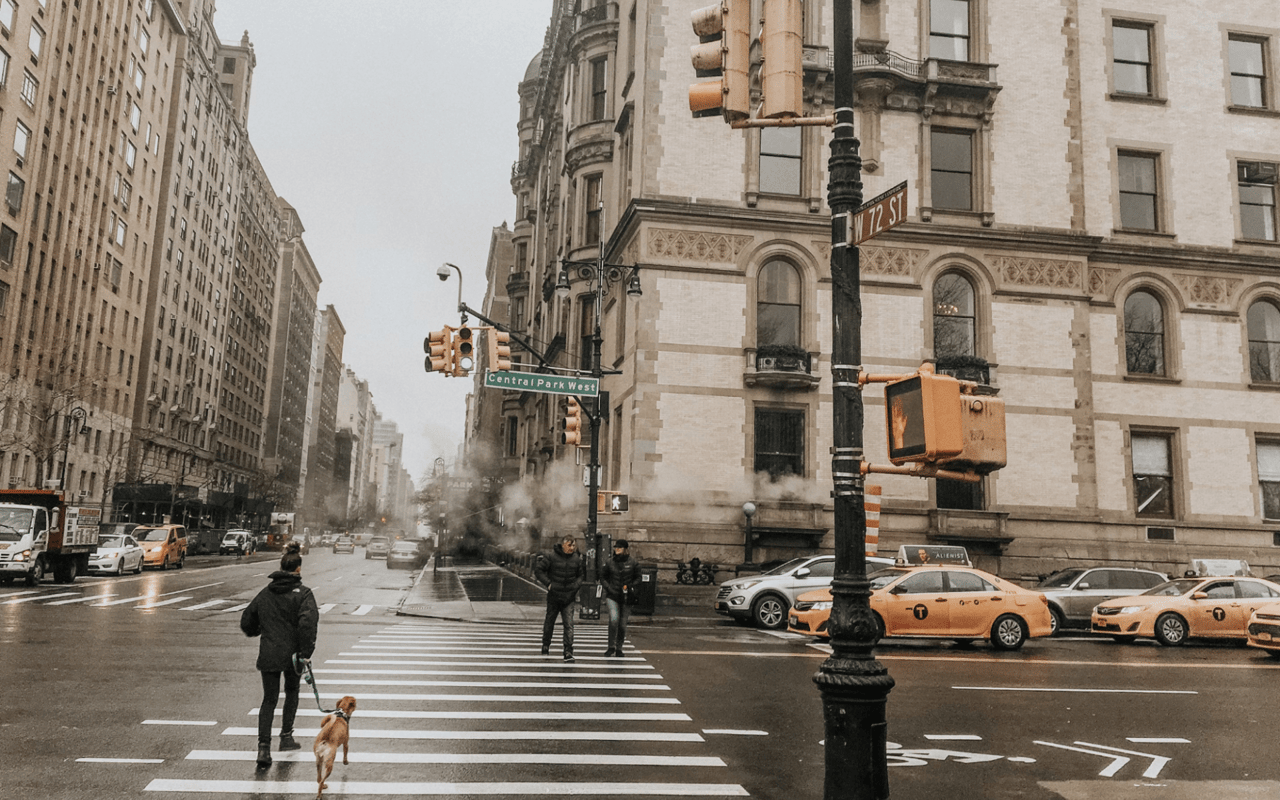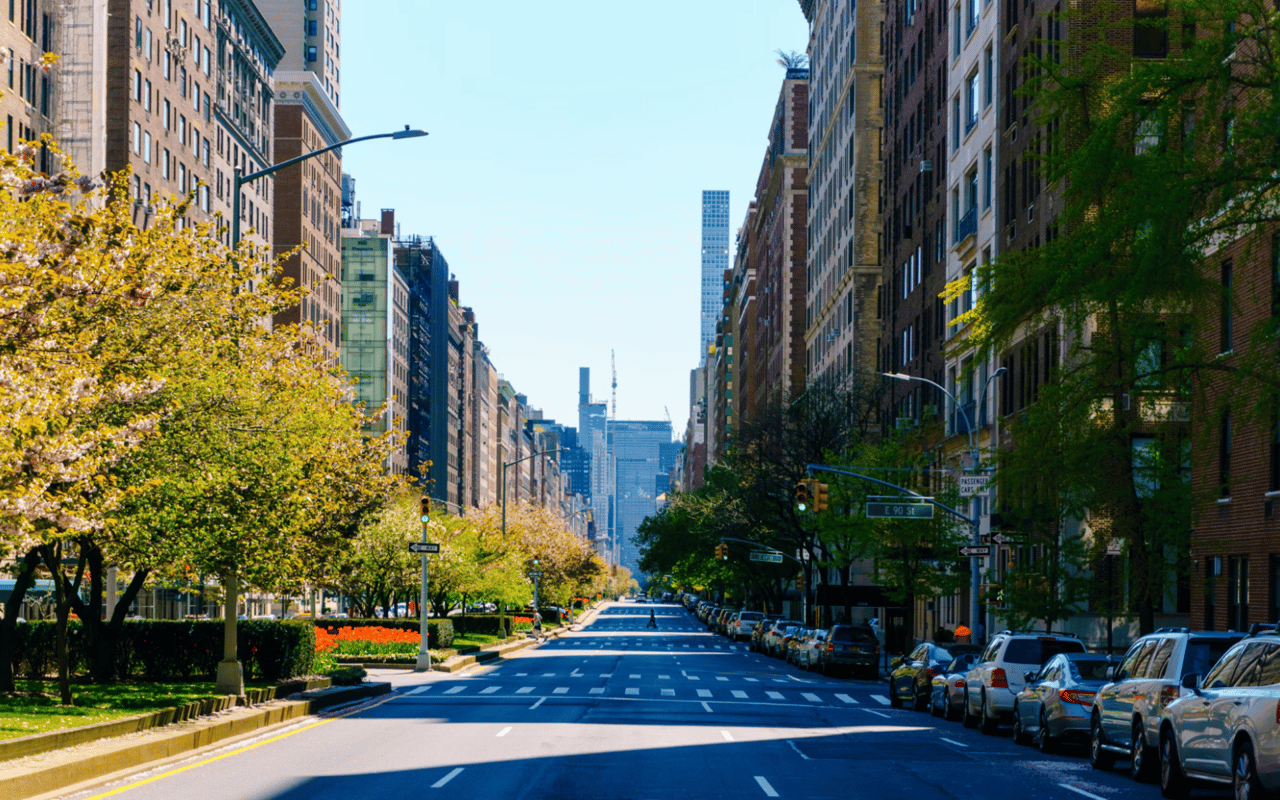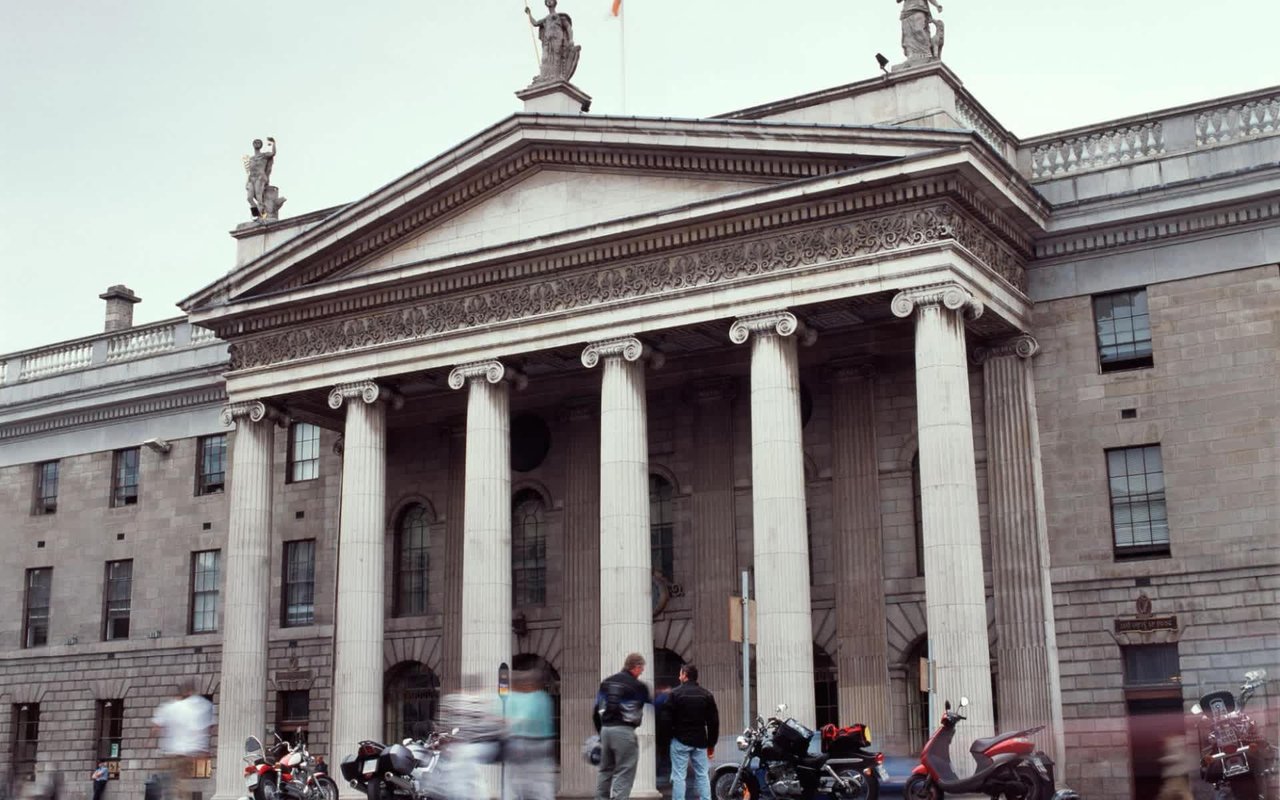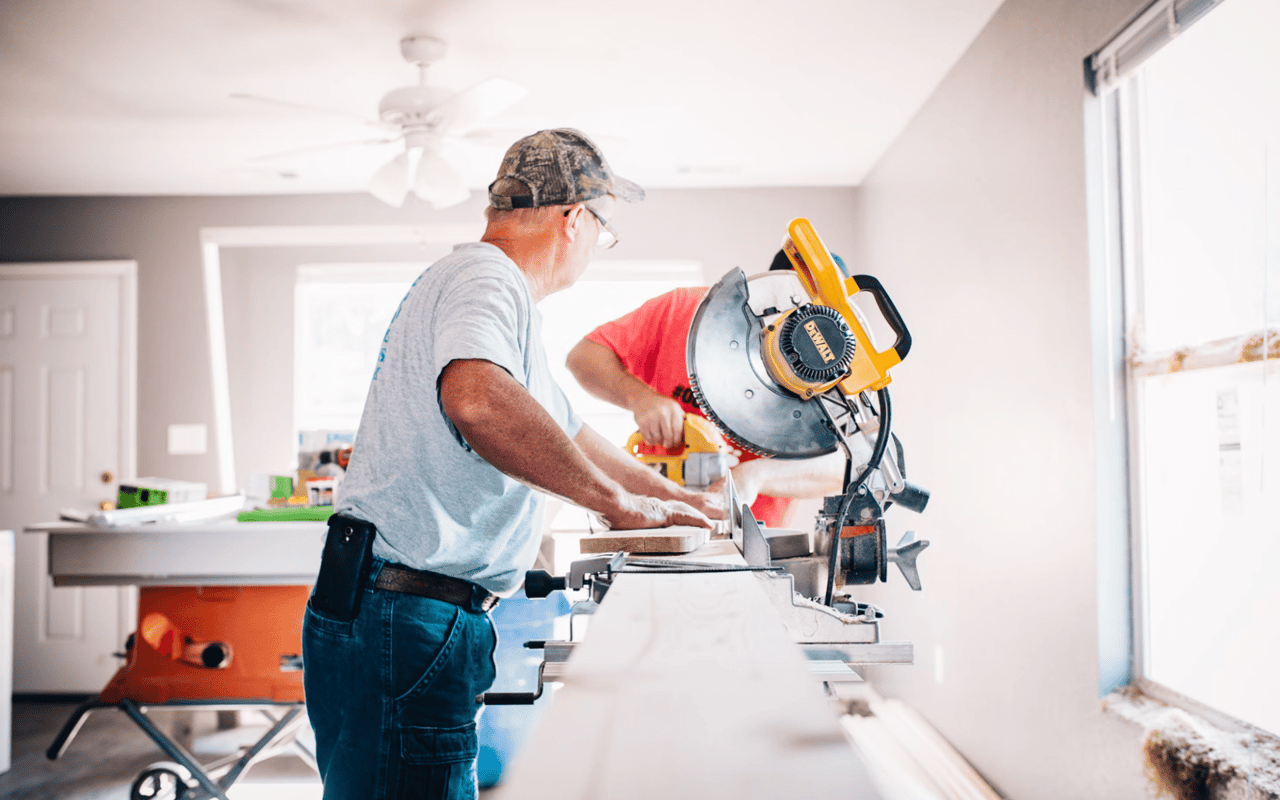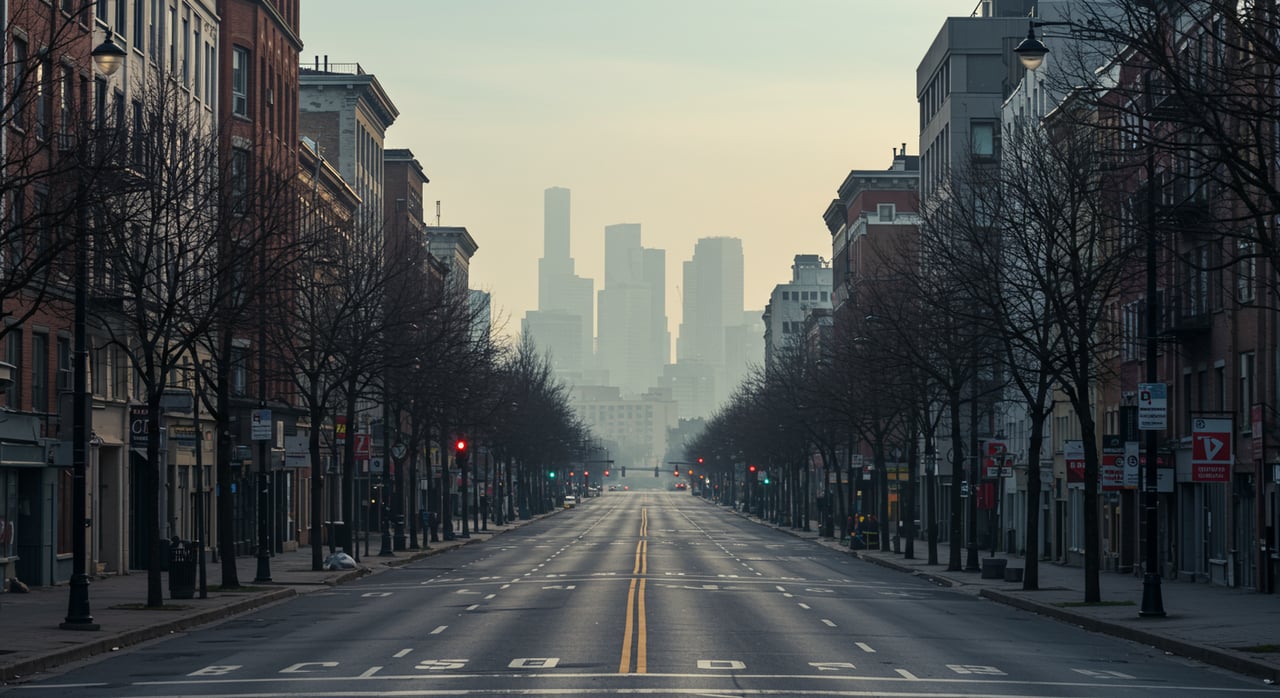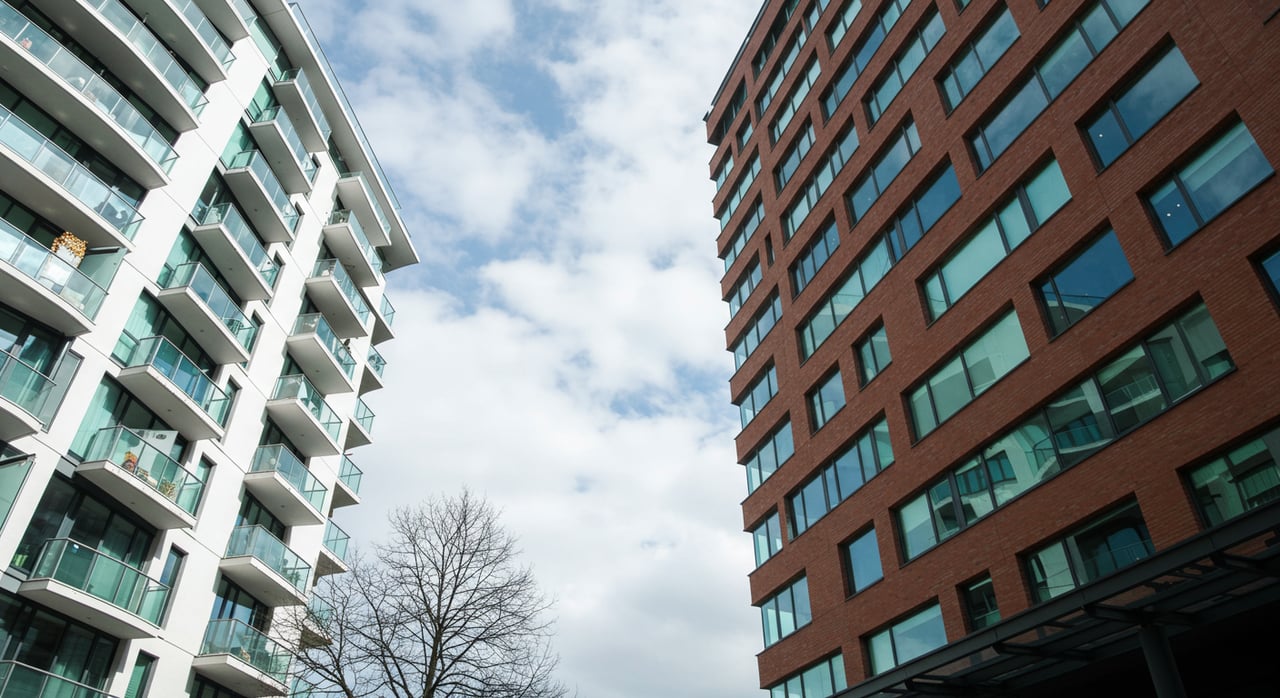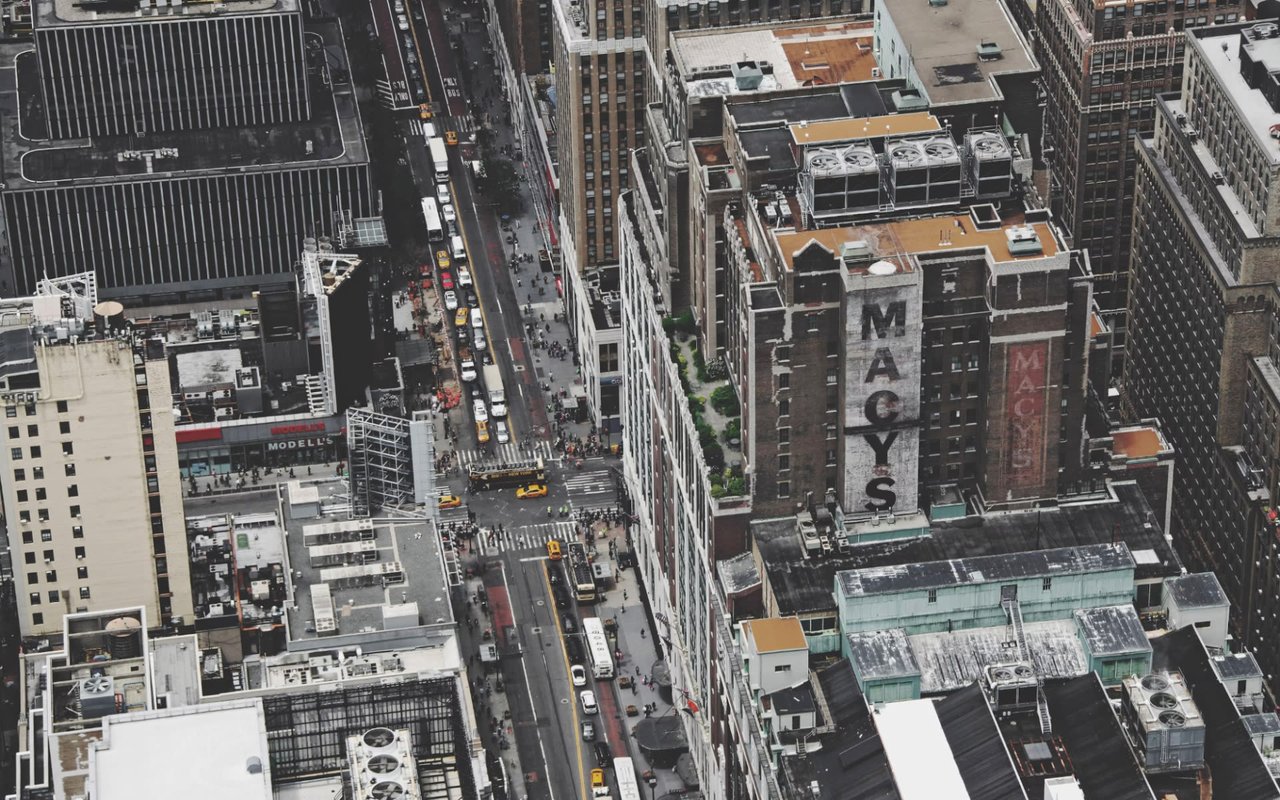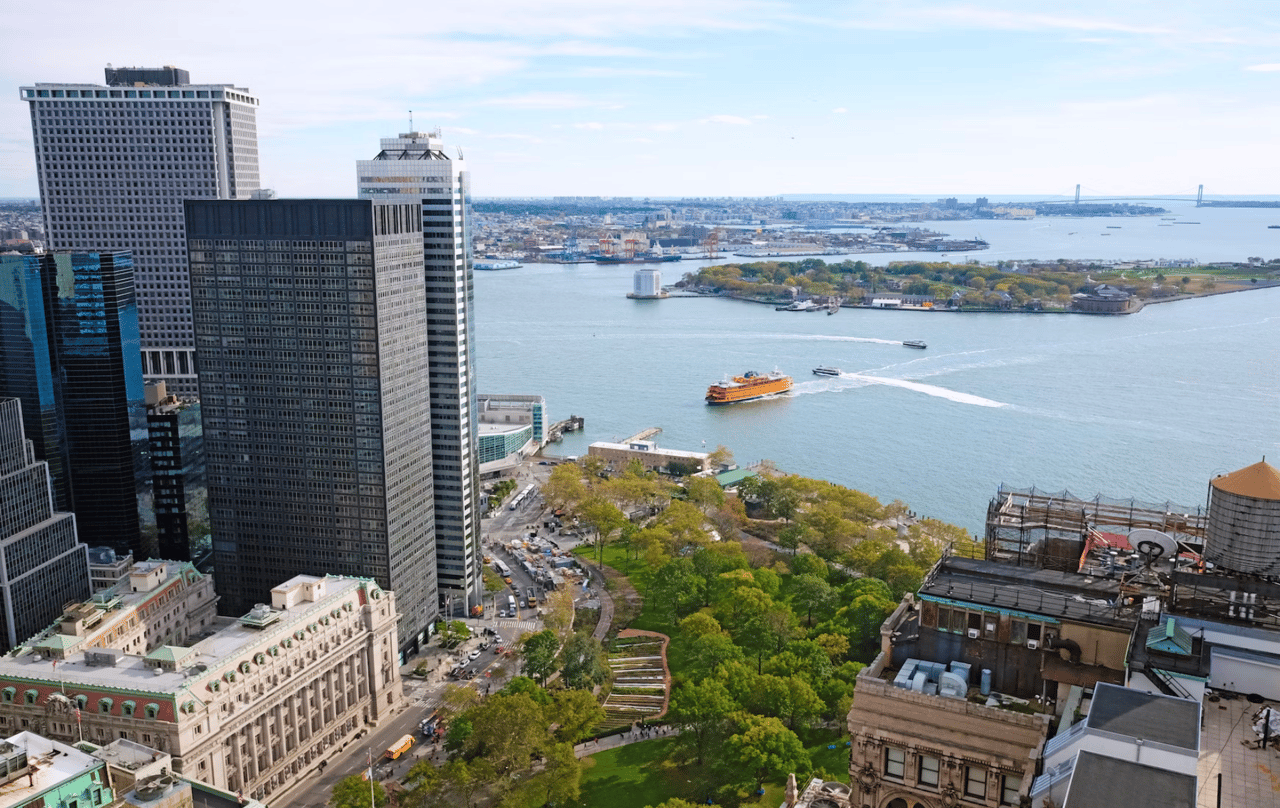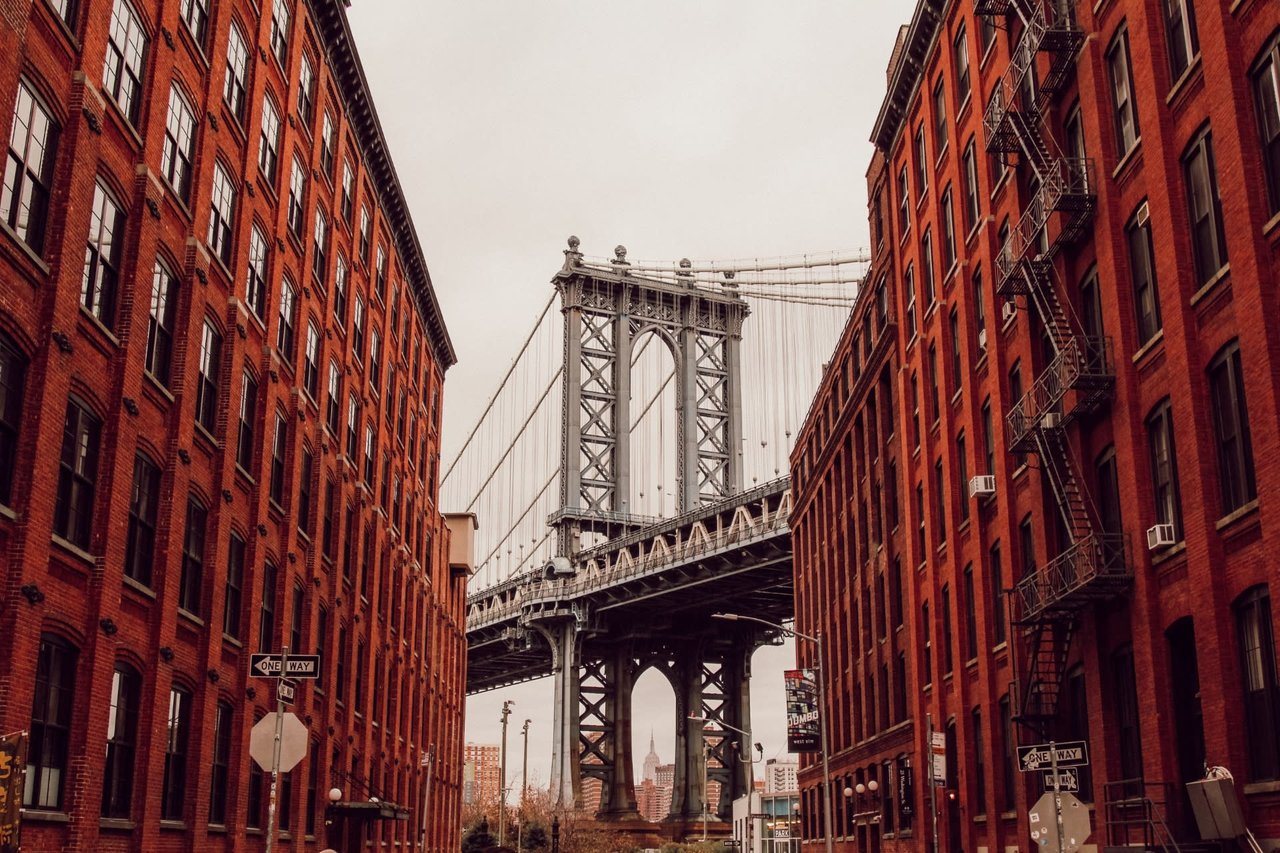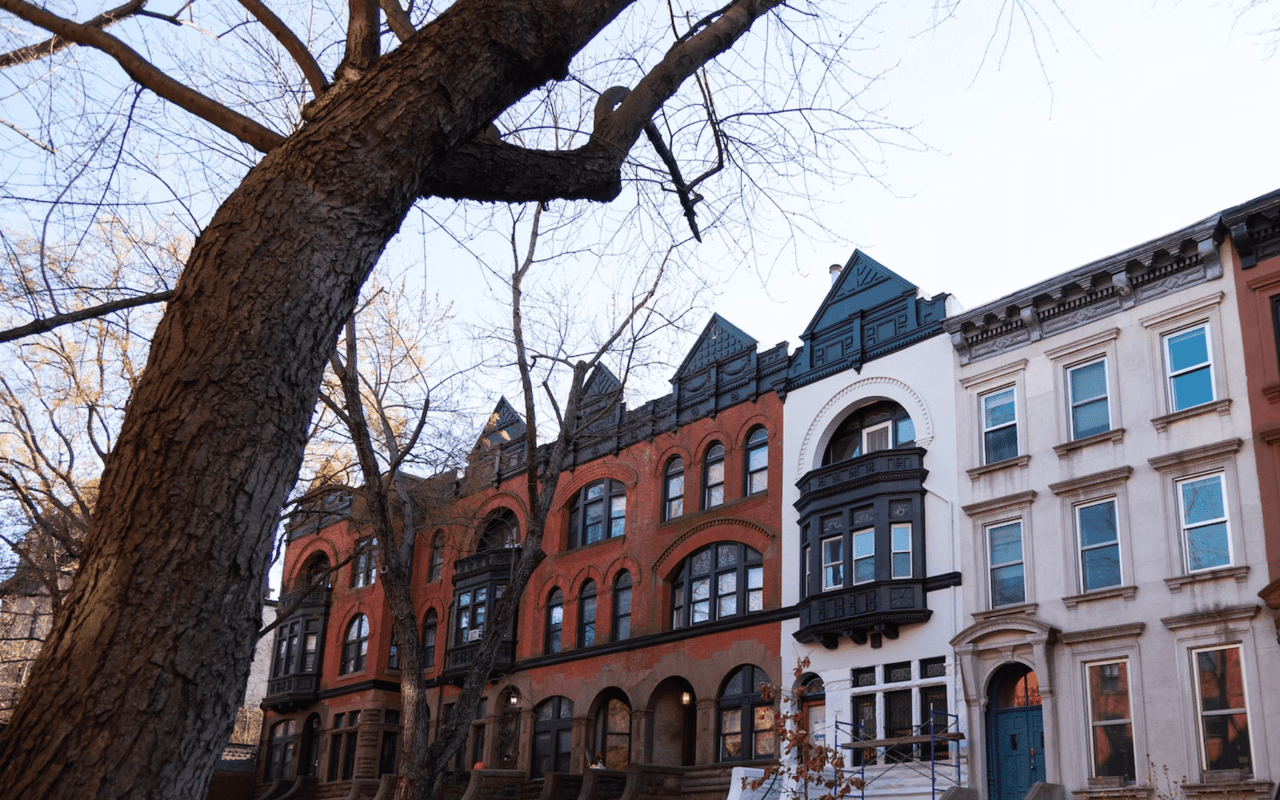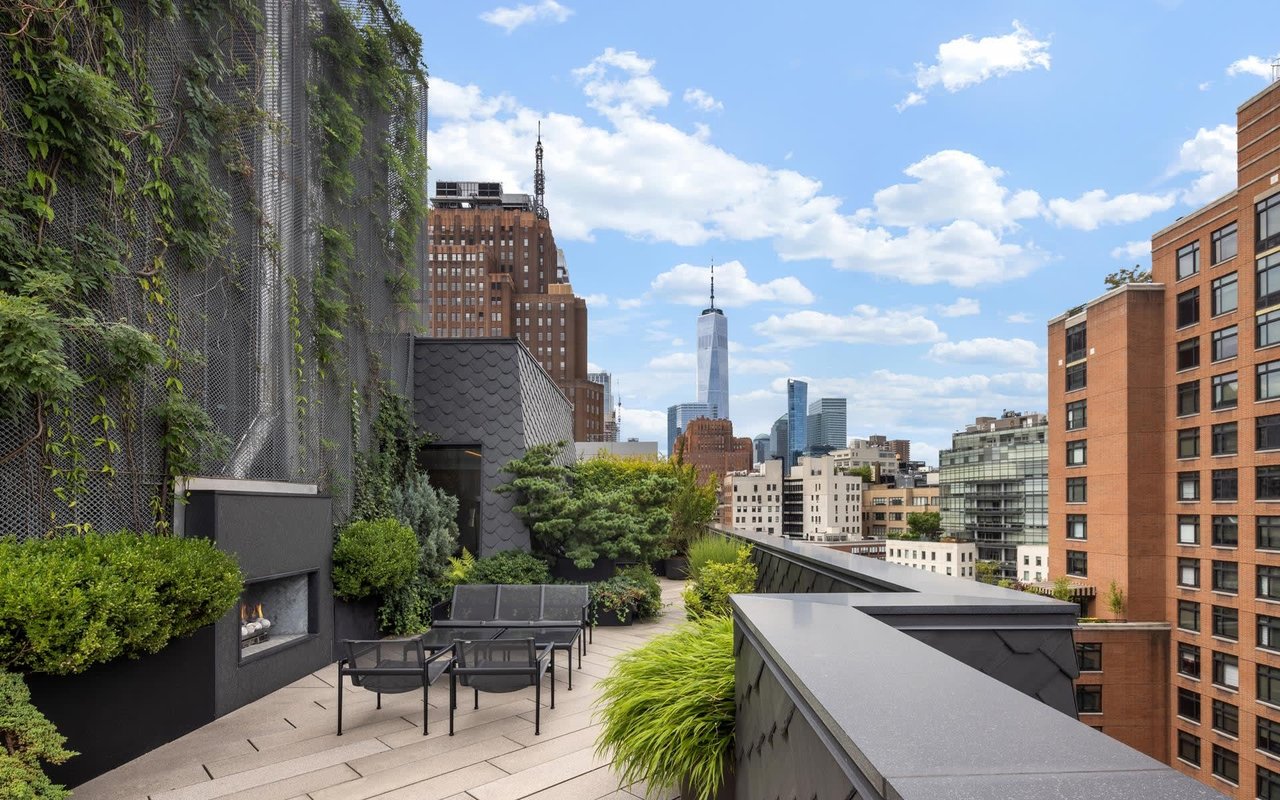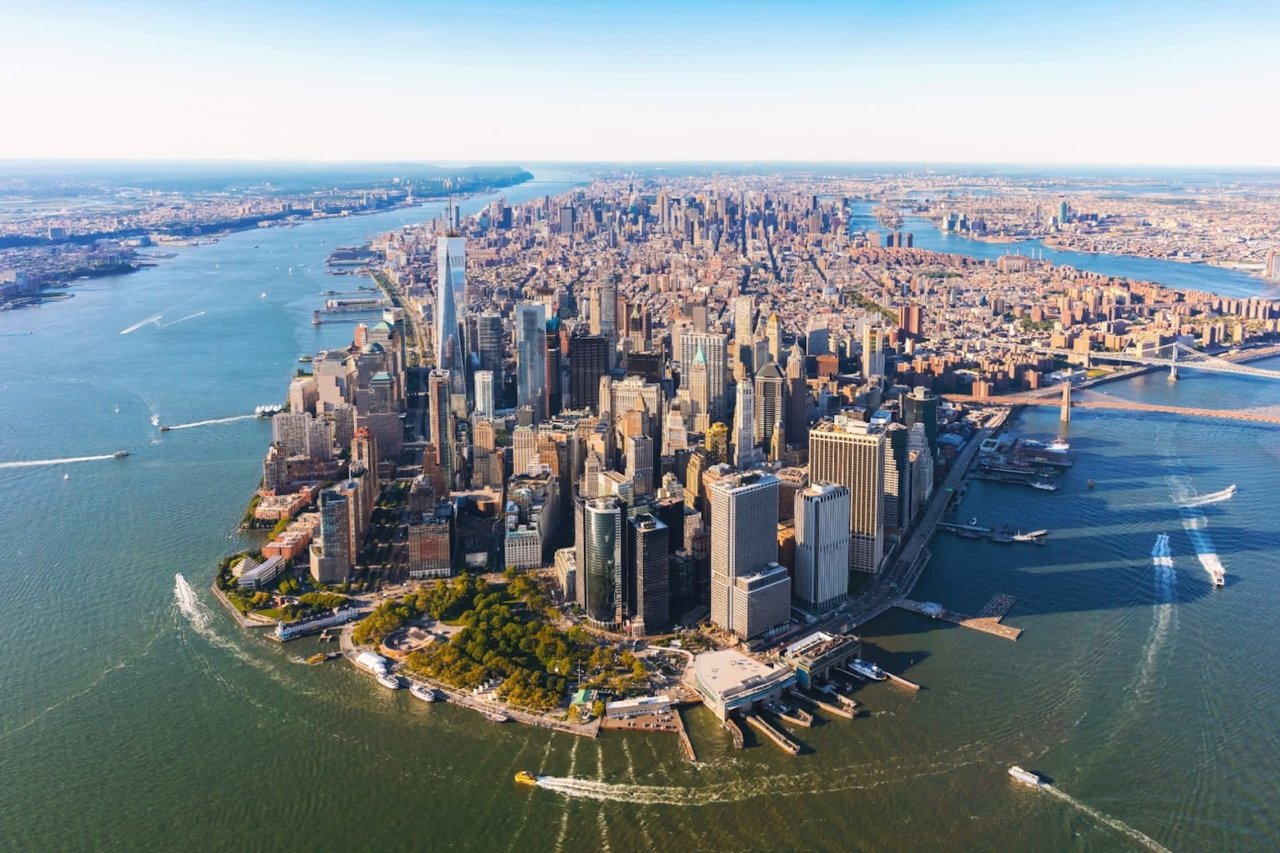If there’s one truth about real estate cycles, it’s that they never repeat perfectly—but they always rhyme. As we move through 2025, everyone’s asking the same question: Where is New York City real estate headed next?
The short answer? We’re in the early stages of a recovery cycle. But before you jump in—or sit it out—let’s break down the forces shaping the next phase of the market: geopolitics, interest rates, historical precedent, and a looming change at the Federal Reserve that could redefine the cost of money.
The Lessons of History: 2008 vs. COVID vs. Today
NYC has been here before, twice in the last two decades. The first time was during the 2008 financial crisis, when Wall Street collapsed and Manhattan pricing fell by about 14% from peak to trough. It took roughly four years for values to return to pre-crisis levels.
Fast-forward to 2020: COVID froze transactions, rents plunged by 25–30%, and over 67,000 rental units sat empty by mid-year. Yet the rebound was shockingly fast. By 2023, property values were 11% above pre-pandemic levels, driven by ultra-low rates and tight supply.
Here’s the takeaway: This market has muscle memory. When the fundamentals stabilize, New York rebounds—harder and faster than the headlines predict.
The Current Cycle: Early Recovery with Limited Inventory
Where do we stand today? Inventory in Manhattan remains historically tight, particularly in the $1M–$4M range. Demand is there—but affordability remains the choke point. After the most aggressive Fed tightening in four decades, mortgage rates have moderated but still hover around 6–6.5% for jumbo loans.
The result? Buyers are cautious, and many are waiting for rate relief before re-engaging. That sets up a powerful dynamic: When confidence returns, competition will accelerate quickly.
The Global Backdrop: Capital Seeks Stability
Geopolitical uncertainty—U.S.–China tensions, Middle East volatility, and the unresolved Russia–Ukraine conflict—continues to shape global capital flows. Historically, this kind of uncertainty sends money toward safe-haven assets like Manhattan real estate.
But this time, foreign capital faces stricter scrutiny and regulatory hurdles, meaning the days of unchecked overseas money driving the ultra-luxury segment are over. Developers sitting on $10M+ new development inventory will need to get creative—offering deeper concessions, financing structures, or repositioning projects to capture a smaller, more selective buyer pool.
The Fed Factor: Why the Next Chair Could Change Everything
Here’s the big wild card: the Federal Reserve. Trump has made it clear he wants a new Fed Chair who will aggressively cut rates—names like Kevin Warsh have surfaced as frontrunners. Some of his advisers have floated rates “below 1%.”
Will that happen? Probably not overnight—Powell’s term runs through mid-2026, and firing a Fed Chair isn’t legally straightforward. But even the expectation of easier policy shifts sentiment. Markets are already pricing in modest cuts by late 2025, which could take mortgages down into the 5% range.
And make no mistake: a 1% drop in rates can add hundreds of thousands of dollars in buying power for mid-market buyers. That’s why this Fed transition matters to real estate as much as it does to Wall Street.
Segment by Segment: What to Expect
- $750K–$1.5M (Entry Level)
Pent-up demand will ignite as soon as rates ease. First-time buyers and investors sidelined since 2023 will come back aggressively. - $2M–$4M (Mid-Market)
Upsizing families and lifestyle movers will lead this segment, particularly in neighborhoods with strong schools and renovated product. - $8M+ (Ultra-Luxury)
- Still oversupplied, especially in generic glass towers. Expect deep concessions, creative financing, and developers competing on amenities. Prime resale luxury in iconic buildings will outperform new development priced without realism.
This Won’t Be 2008—It’ll Look More Like COVID Recovery
Why? Two reasons:
- Inventory remains tight, and unlike 2008, banks aren’t sitting on piles of distressed assets.
- Liquidity is still abundant, and NYC retains its global “safe asset” status.
This isn’t a crash cycle—it’s a waiting game. And when the signal turns green (rates drop, confidence rises), the velocity of this rebound could surprise even seasoned market watchers.
What Does This Mean for You?
If you’re a buyer or investor, waiting for perfect clarity is the most expensive strategy. By the time headlines declare a “market recovery,” the best opportunities will be gone.
This is the moment to:
- Lock in off-market or negotiable deals before competition intensifies.
- Target resale luxury over new development with inflated premiums.
- Prepare financing strategies now—before demand floods back in.
The Bottom Line
We are in Year 2–3 of an early recovery cycle. The next two years will reward informed, decisive buyers who move before the crowd. Whether you’re looking for a pied-à-terre, a family upgrade, or an investment property, the window is here—and it won’t stay open forever.

